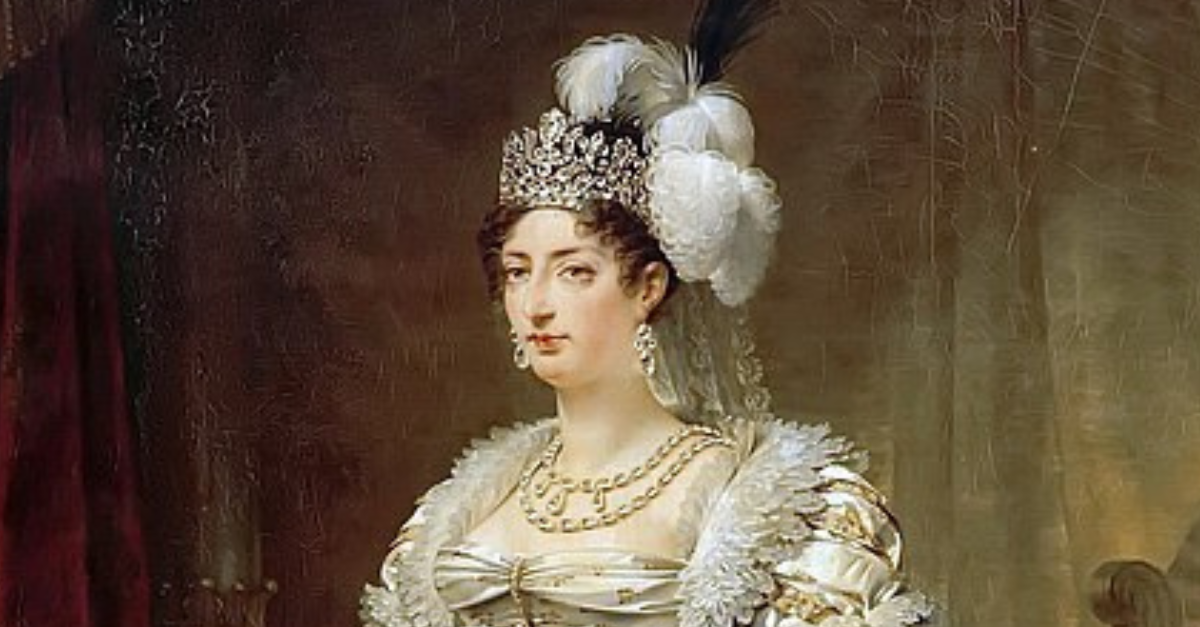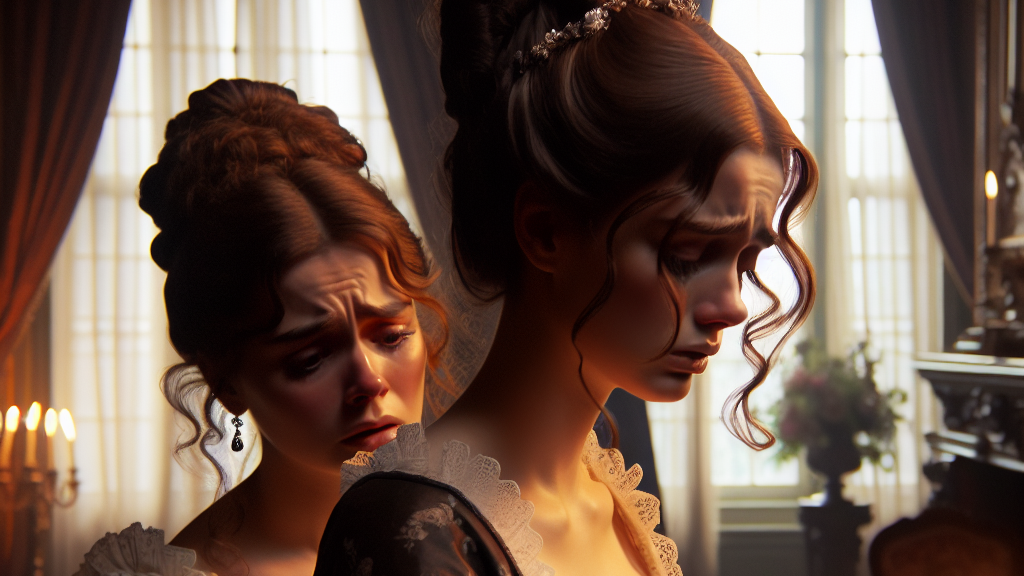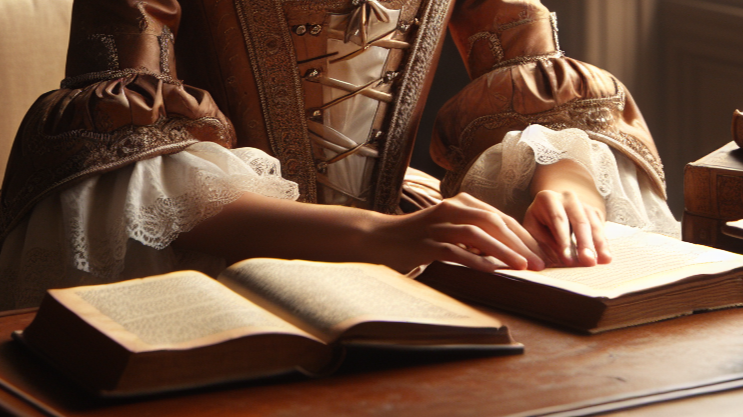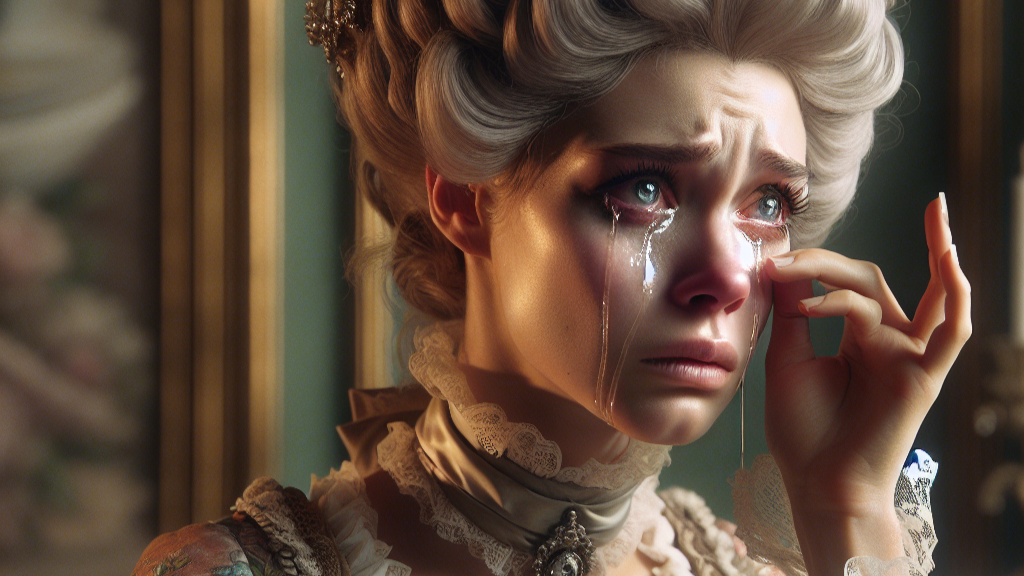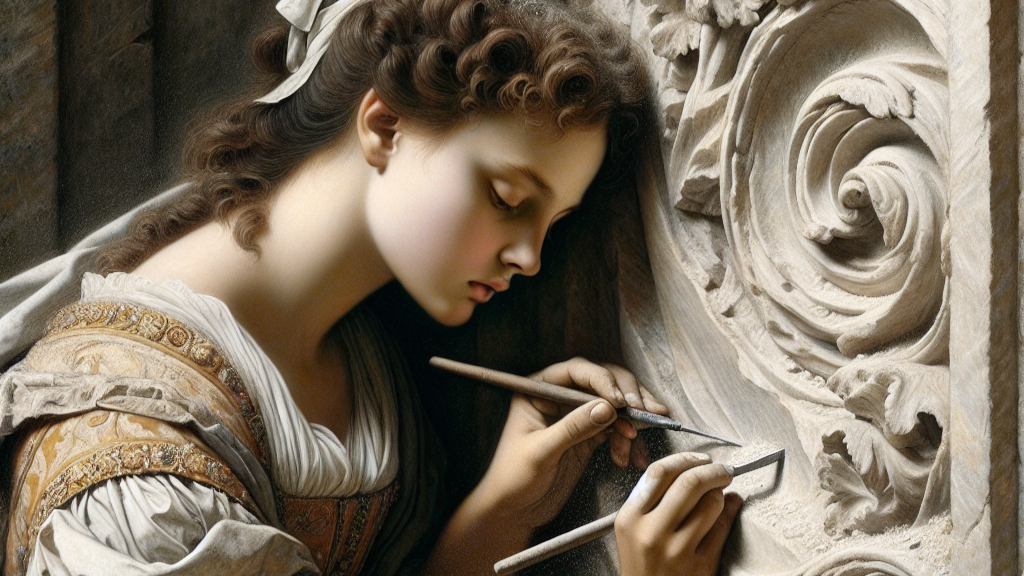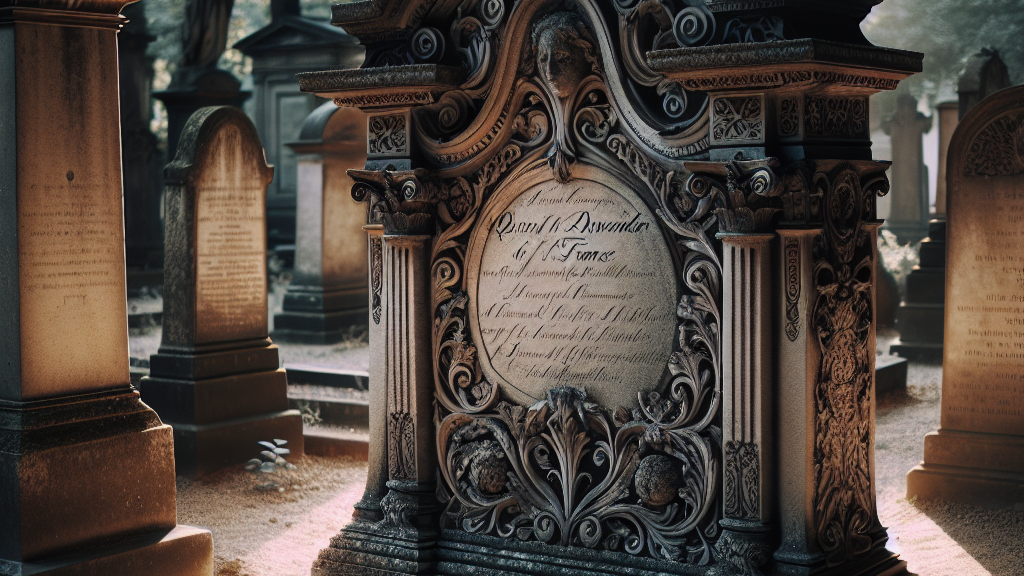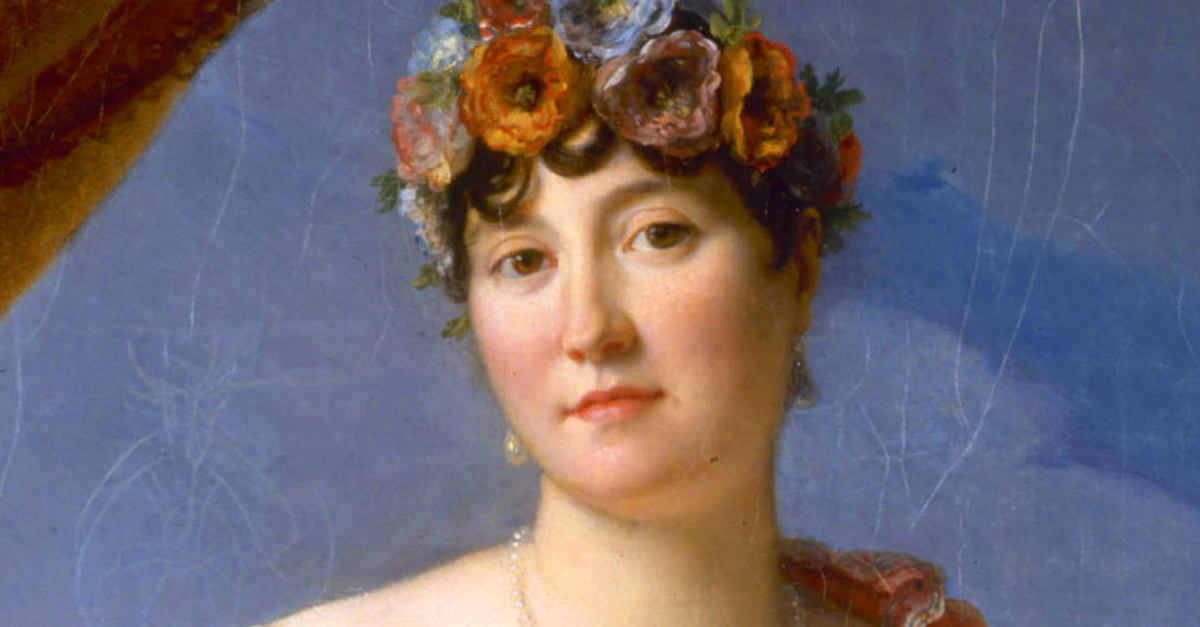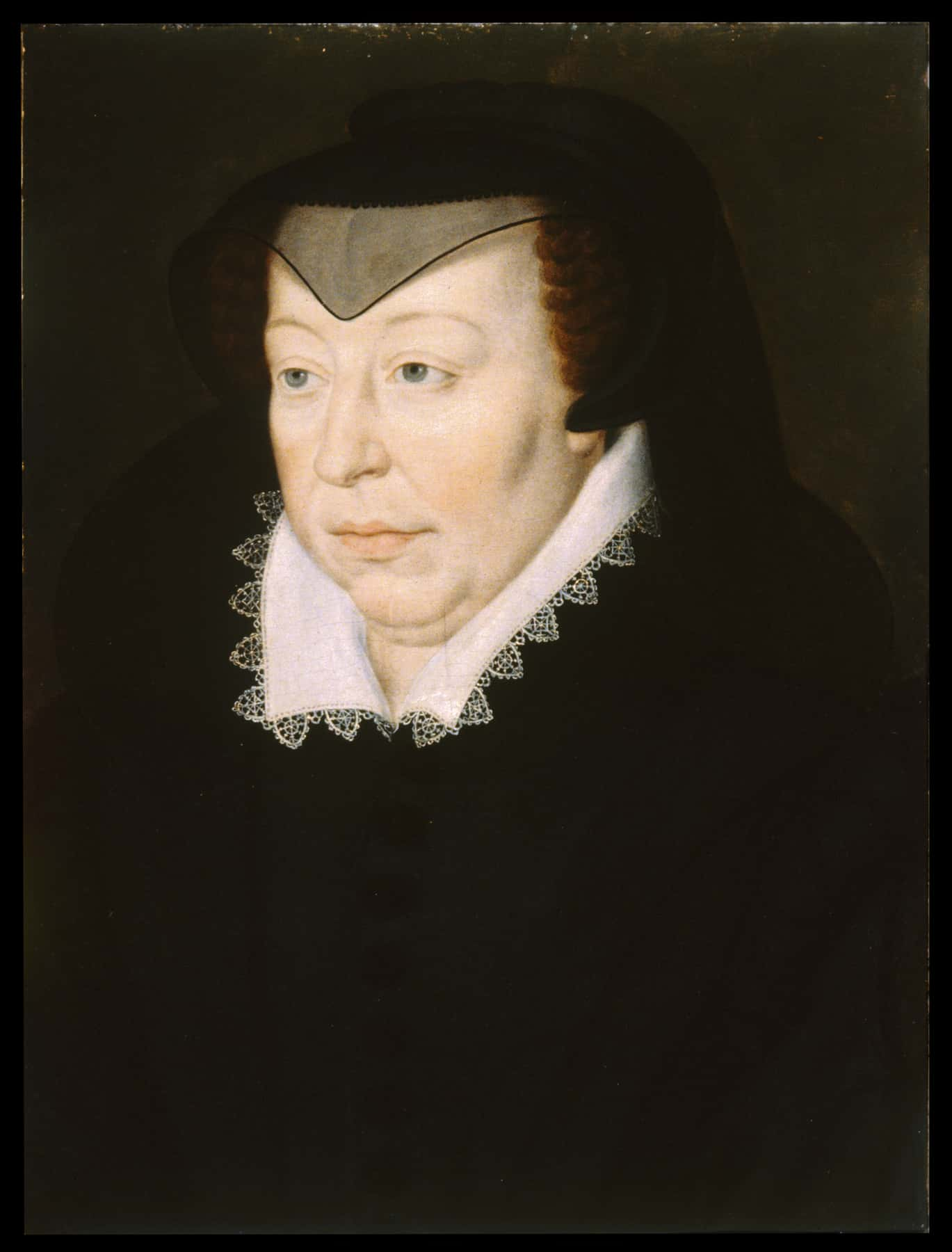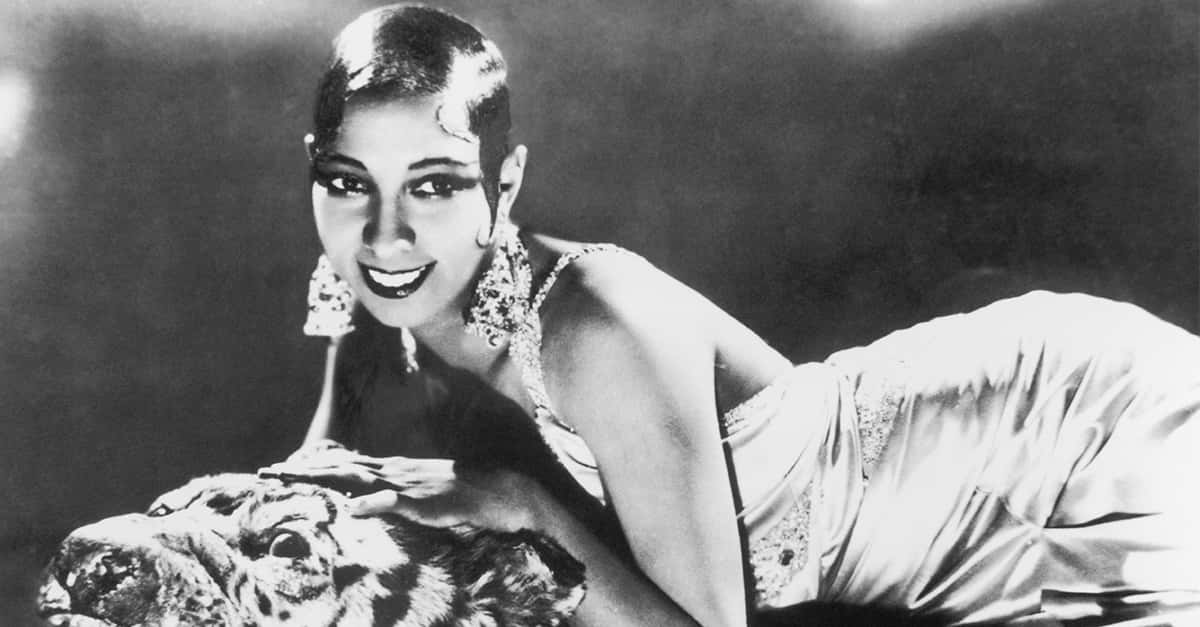She Was Queen For 20 Minutes
As the eldest daughter of King Louis XVI and Marie Antoinette, Marie Thérèse was never supposed to become Queen of France. But, after the Reign of Terror claimed every member of her family, Marie Thérèse became the Bourbons’ last hope—even if only for 20 minutes. Her resilience in the face of tragedy was as inspiring as it was heartbreaking.
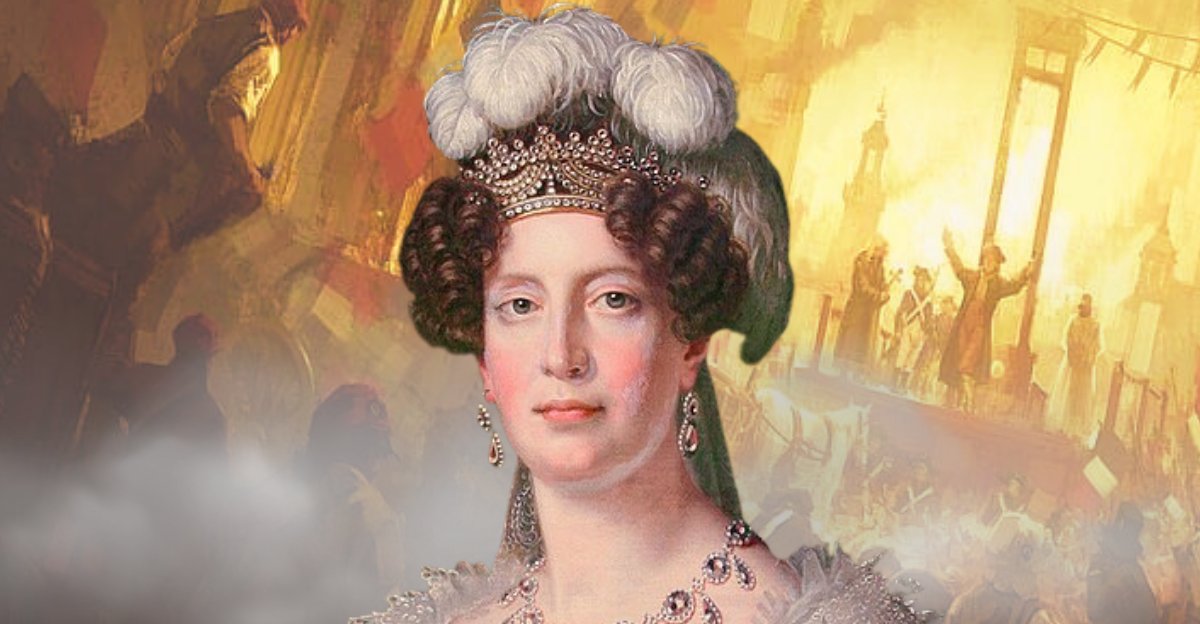
1. She Was The First—She’d Be The Last
Marie-Thérèse Charlotte was born into the powerful House of Bourbon on December 19, 1778. As the eldest daughter of the ill-fated King Louis XVI of France and Marie Antoinette, she instantly became the Madame Royale. She would watch as each of her siblings entered the world—and would watch as they exited.
But she almost didn’t survive her first night.
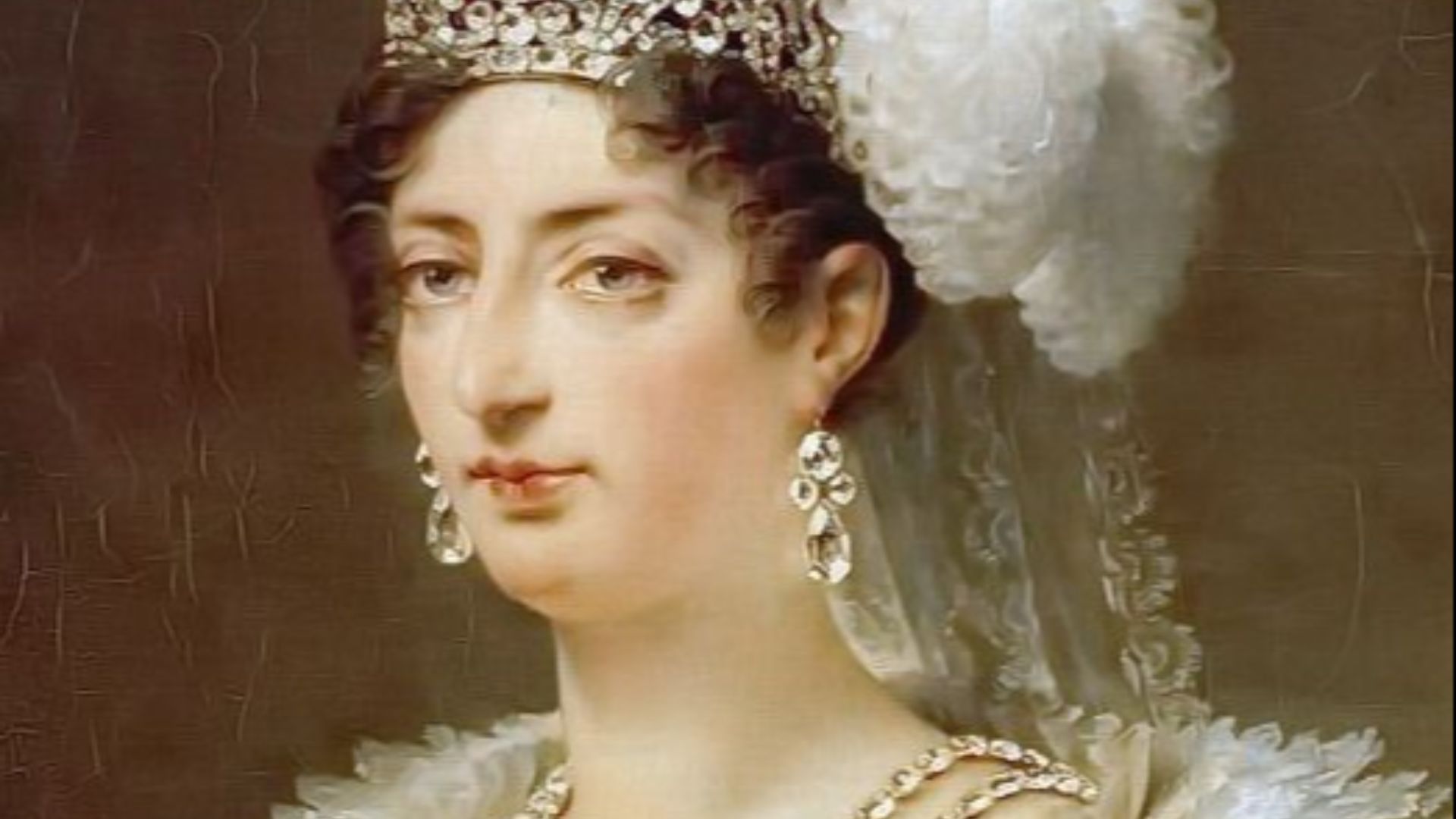 Antoine-Jean Gros, Wikimedia Commons
Antoine-Jean Gros, Wikimedia Commons
2. Her Birth Nearly Ended In Tragedy
Right from the beginning, Marie Thérèse’s life would be one of overcoming the odds to survive. The court at Versailles was so excited for her birth that they overcrowded the delivery chamber, making it stuffy and stifling and leaving her mother gasping for air while in delivery.
Some quick thinking saved her life.
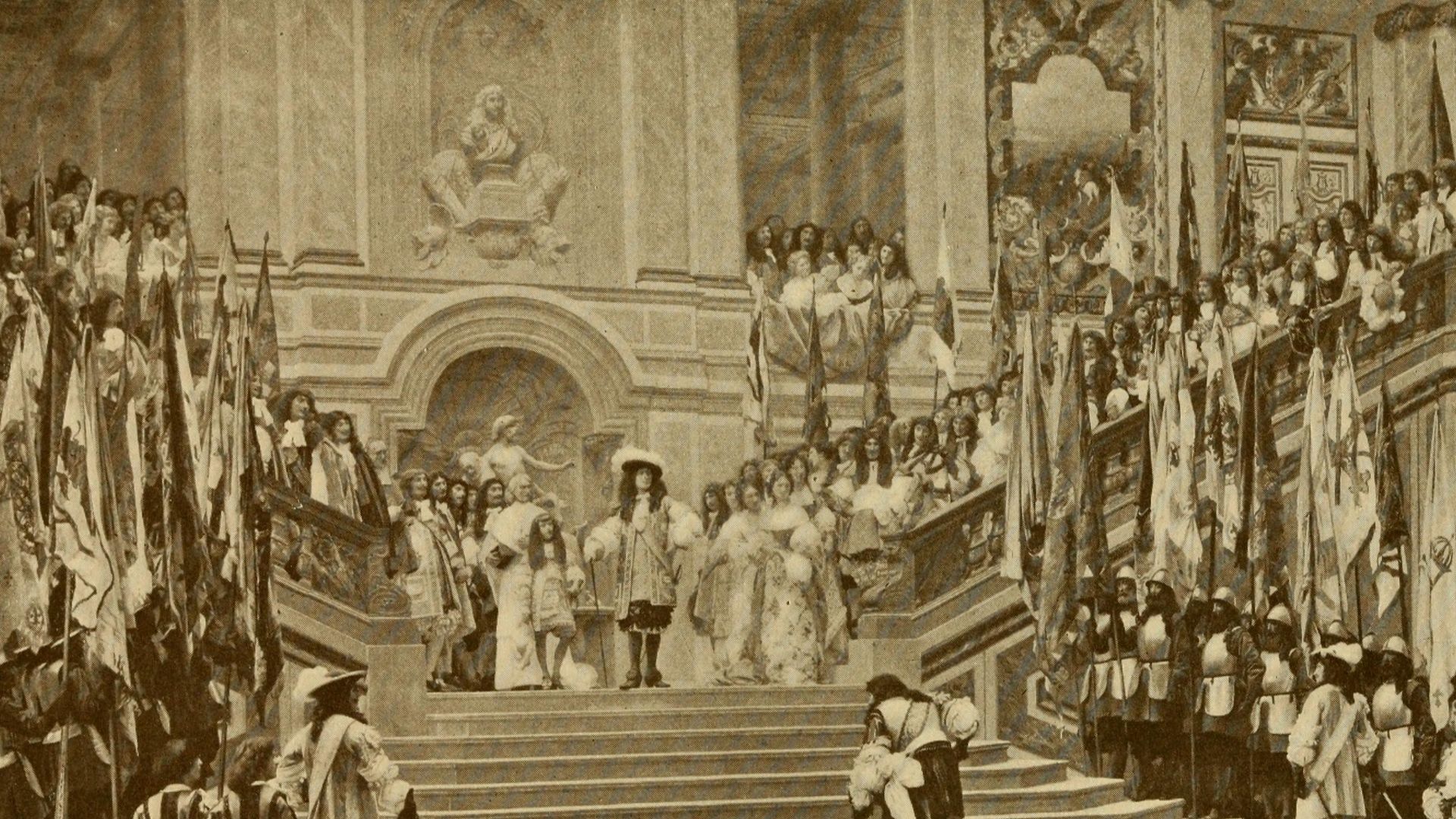 Farmer, James Eugene, 1867-1915, Wikimedia Commons
Farmer, James Eugene, 1867-1915, Wikimedia Commons
3. She Broke Windows
As Marie Antoinette's condition worsened, panic amongst the court set in. Thankfully, in a stroke of genius, the courtiers broke the palace windows to bring in the fresh winter air. The quick thinking revived Antoinette and allowed her to bring forth the newborn royal, but the incident prompted Marie Thérèse’s father to restrict access to birthing chambers for royal births.
So the new baby was alive—but not necessarily wanted.
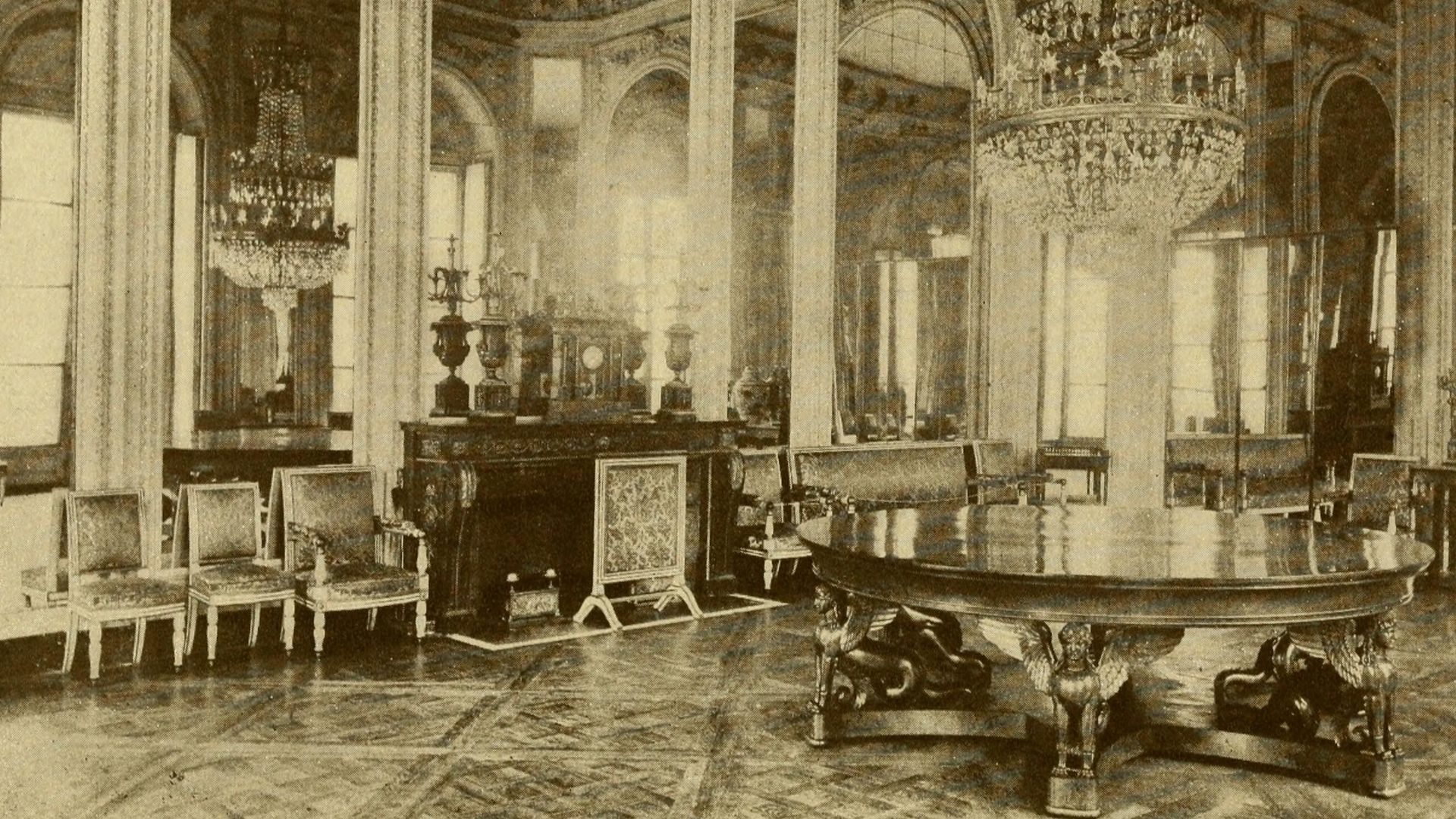 Internet Archive Book Images, Wikimedia Commons
Internet Archive Book Images, Wikimedia Commons
4. Her Mother Had Hoped For A Boy
Once the chaos subsided, upon seeing her baby girl, Marie Antoinette whispered, “Poor little girl, you are not what was desired,” referencing the court’s disappointment at not having a male heir. However, Marie Thérèse’s mother relished the surprise: “A son would have been the property of the state,” she said. “You shall be mine”. So said, so done—for a while, anyway.
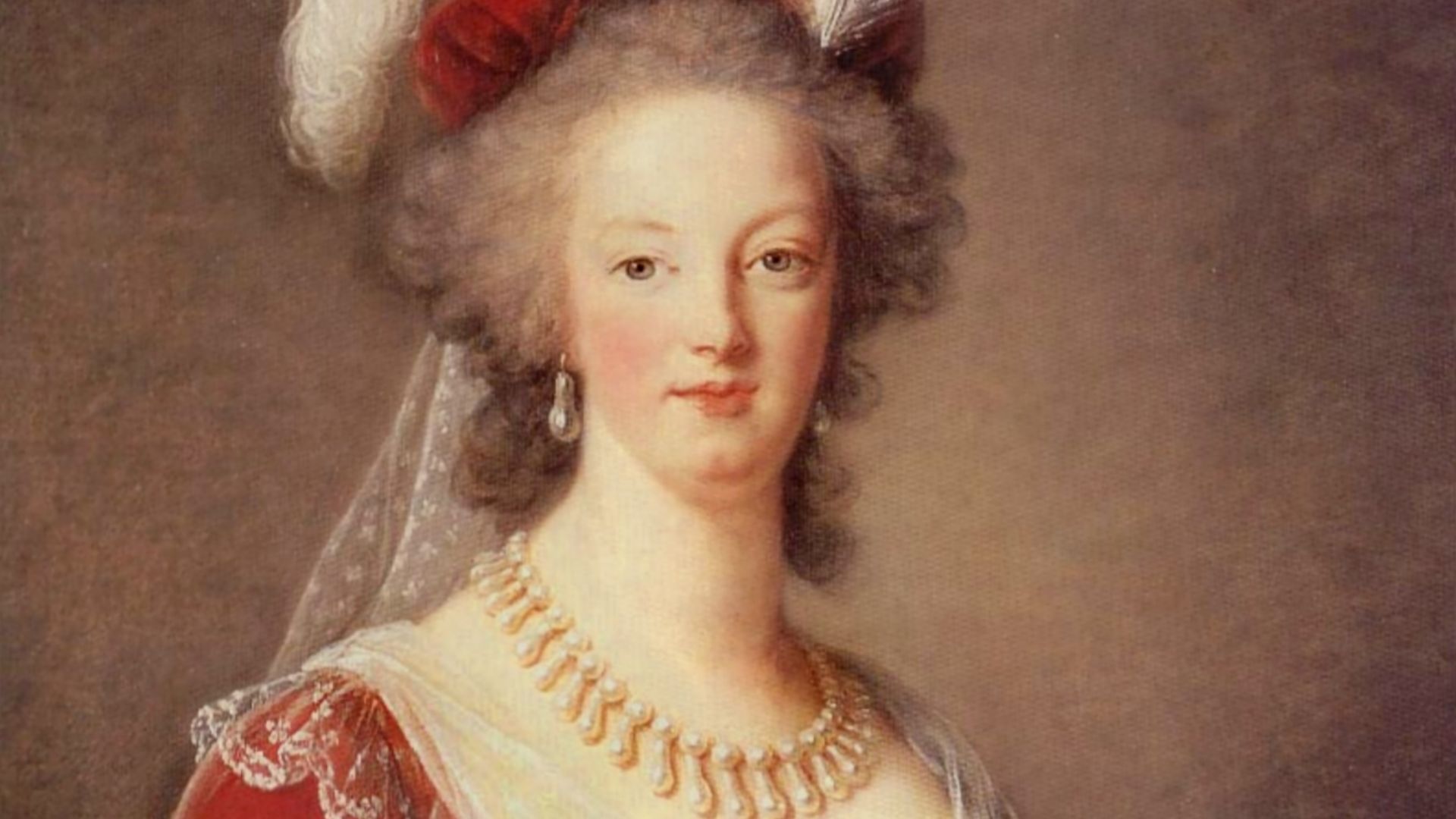 Elisabeth Louise Vigee Le Brun, Wikimedia Commons
Elisabeth Louise Vigee Le Brun, Wikimedia Commons
5. She Became Her Mother’s Favorite
Marie Thérèse might not have been the heir her parents were hoping for, but she was loved all the more for it. “You shall have my undivided care,” Marie Antoinette told her infant daughter. She even gave Marie Thérèse the nickname Mousseline la sérieuse—the serious little muslin doll. In reality, however, Marie Thérèse was more or less on her own.
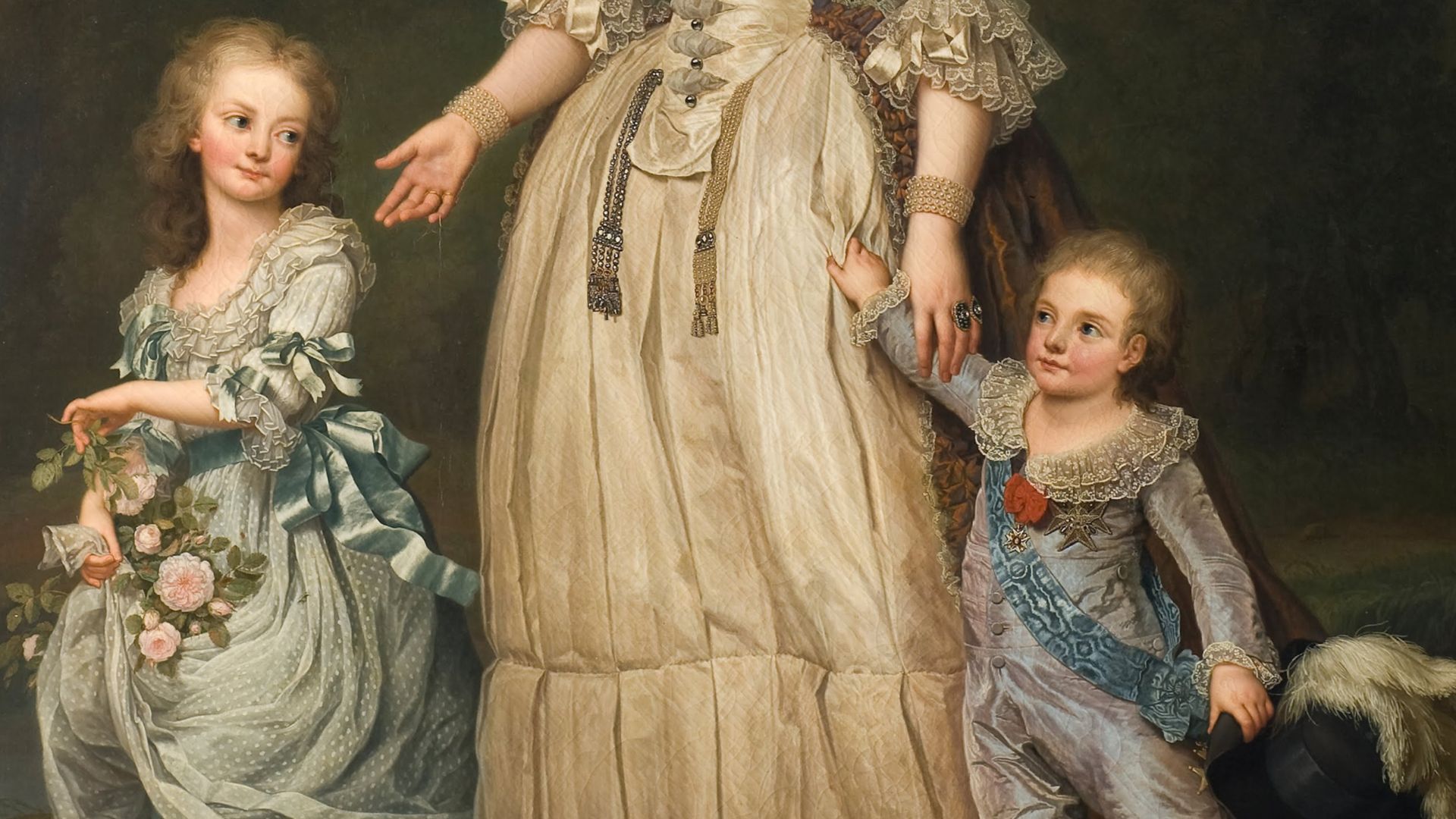 Adolf Ulrik Wertmüller, Wikimedia Commons
Adolf Ulrik Wertmüller, Wikimedia Commons
6. She Had A Rotating Cast Of Caretakers
Despite her mother’s promises to give her “undivided care”, Marie Thérèse was raised by governesses—a rotating cast of them. Her first governess, Princess Victoire de Rohan, lost the job after her husband’s bankruptcy scandal. Then, her mother subbed in her best friend, the Duchess of Polignac, though real childcare duties fell to the sub-governess, Baroness de Mackau.
At least one parent was paying attention.
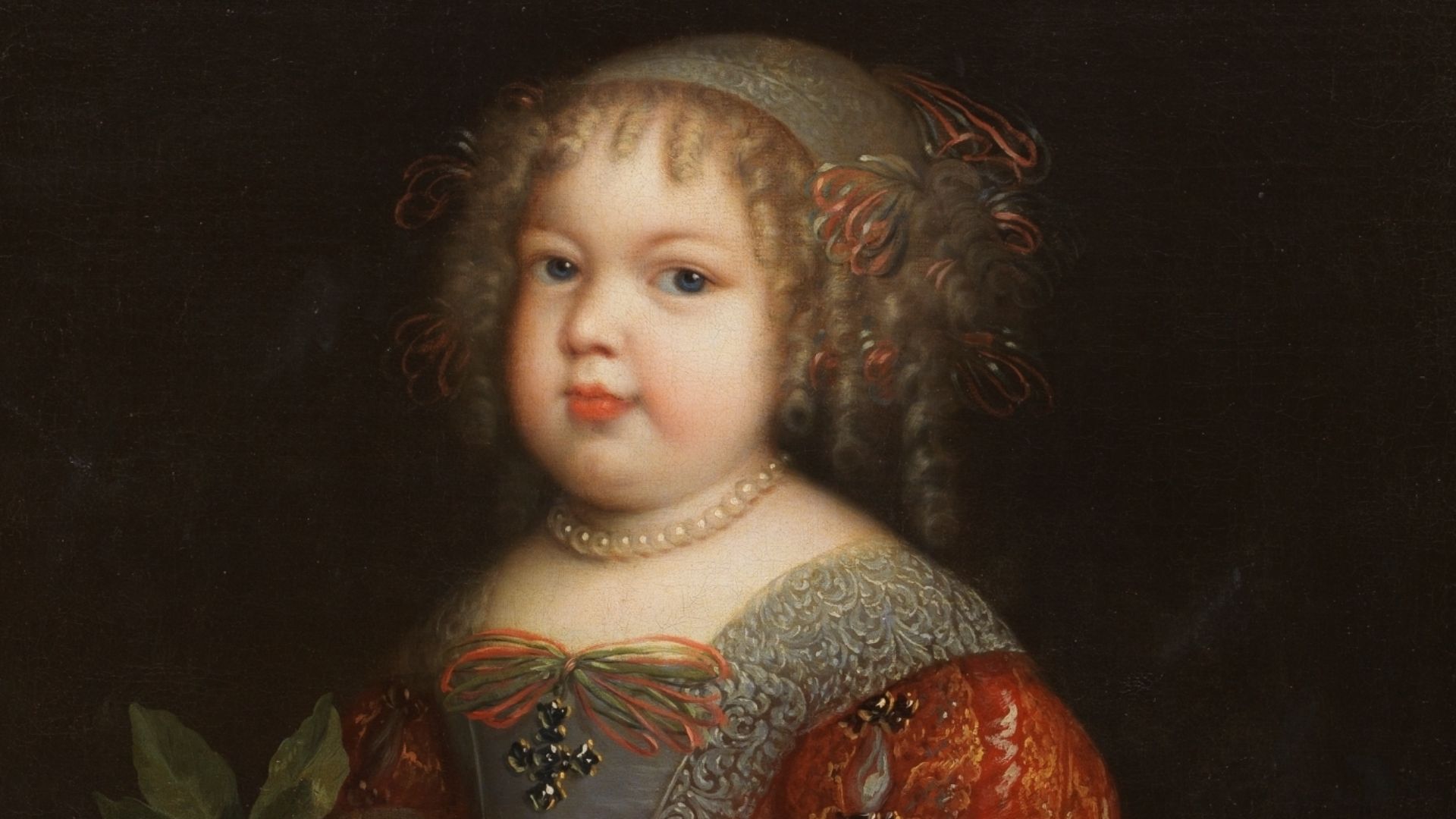 Jean Nocret, Wikimedia Commons
Jean Nocret, Wikimedia Commons
7. She Was A Daddy’s Girl
While Marie Thérèse could barely get her mother to notice her, King Louis XVI was head over heels for his firstborn. He spoiled Marie Thérèse with affection, gifts, and little indulgences. In the meantime, all of the disciplining fell to Marie Antoinette. She was determined to raise a true Queen of France.
 Antoine-Francois Callet, Wikimedia Commons
Antoine-Francois Callet, Wikimedia Commons
8. Her Mother Raised Her To Be Humble
Marie Thérèse was a member of the House of Bourbon through her father, but her mother wanted to raise her in the stricter tradition of her birth house, the House of Habsburg-Lorraine. Determined not to have Marie Thérèse come out like her Bourbon aunts, Marie Antoinette insisted that her daughter dine with children of lower rank. She even encouraged Marie Thérèse to practice extreme charity—even on the holidays.
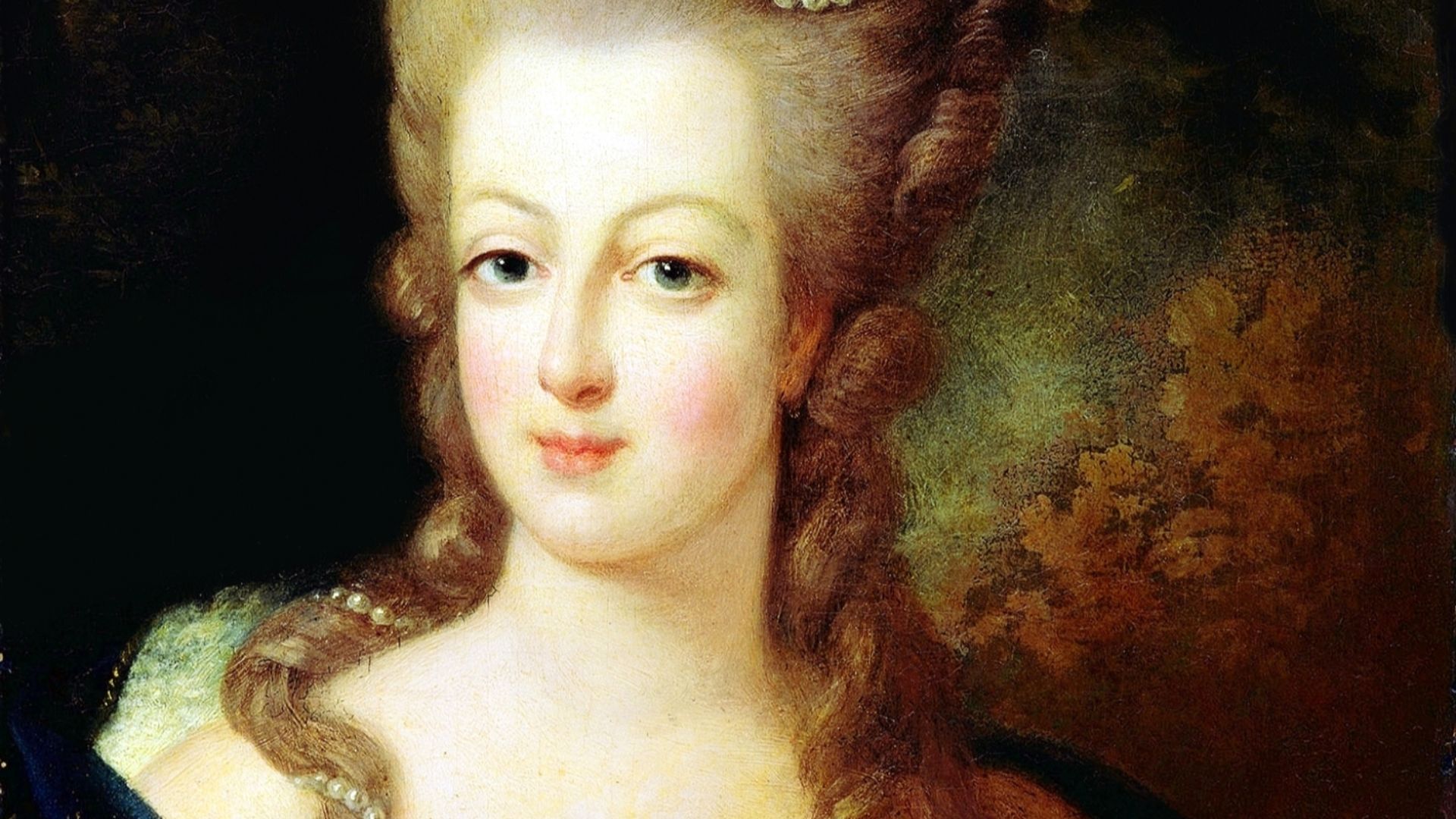 Probably Jean-Baptiste Gautier Dagoty (1740-1786), Wikimedia Commons
Probably Jean-Baptiste Gautier Dagoty (1740-1786), Wikimedia Commons

History's most fascinating stories and darkest secrets, delivered to your inbox daily.
9. She Had To Give Up Her Presents
One account from Marie Thérèse’s childhood paints a life of thoughtfulness and charity. According to the story, when she received lavish gifts from courtiers one New Year’s morning, her mother told her gently, “[…]there is a crowd of unhappy people who have no bread to eat, no clothes to wear, no wood to make a fire. I have given them all my money; I have none left to buy you presents, so there will be none this year”.
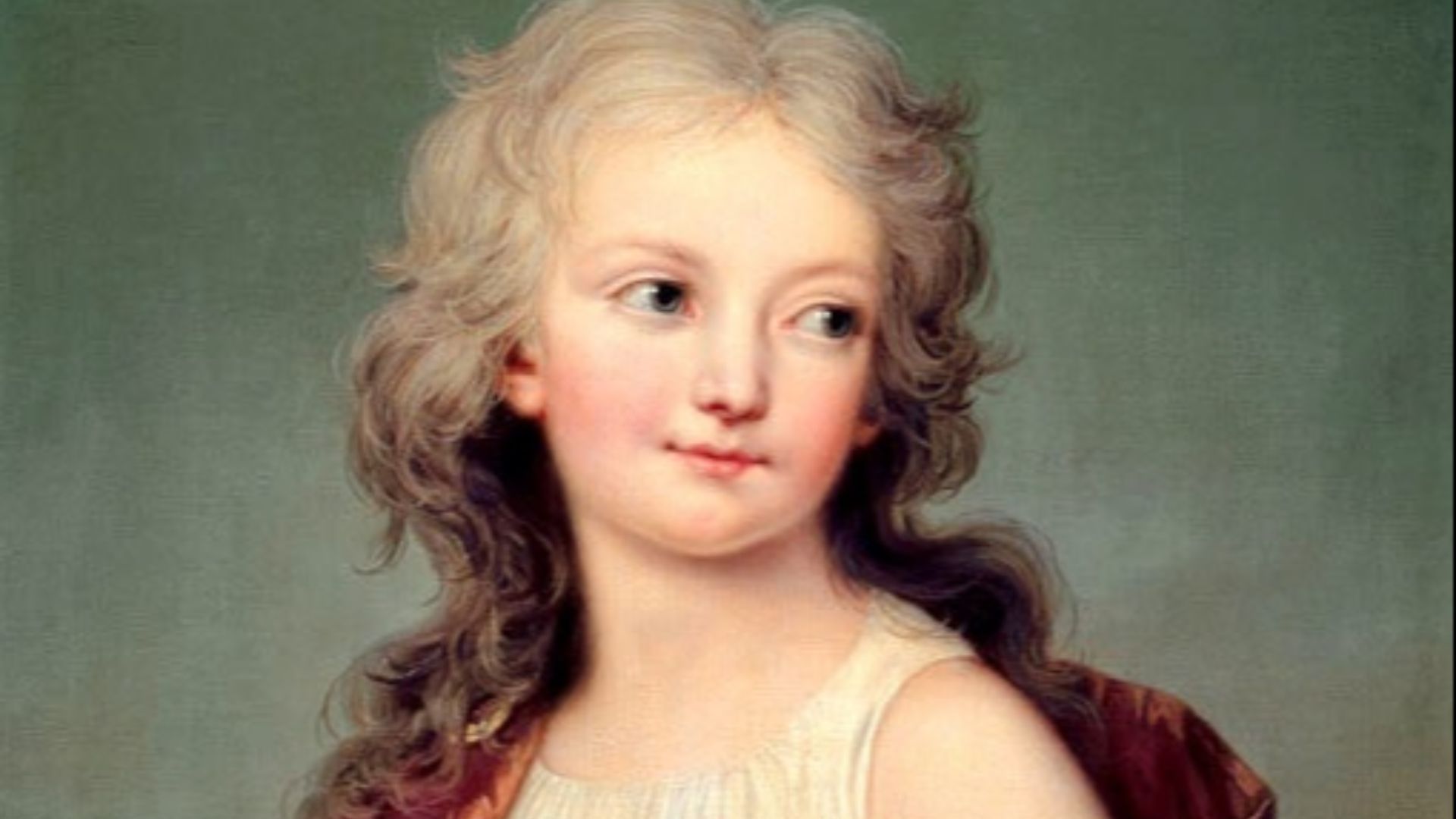 Adolf Ulrik Wertmüller, Wikimedia Commons
Adolf Ulrik Wertmüller, Wikimedia Commons
10. She Was Her Family’s Only Survivor
Marie Thérèse wasn't just the apple of her father's eye and the focus of her mother's ambition, she was a knockout too. Contemporaries described her as “quite attractive, with beautiful blue eyes”. They noted that she carried on the tradition of her family, having inherited “the good looks of her mother and maternal grandmother”. Sadly, with the catastrophic events looming just around the corner, she would be the only member of her proud house to survive.
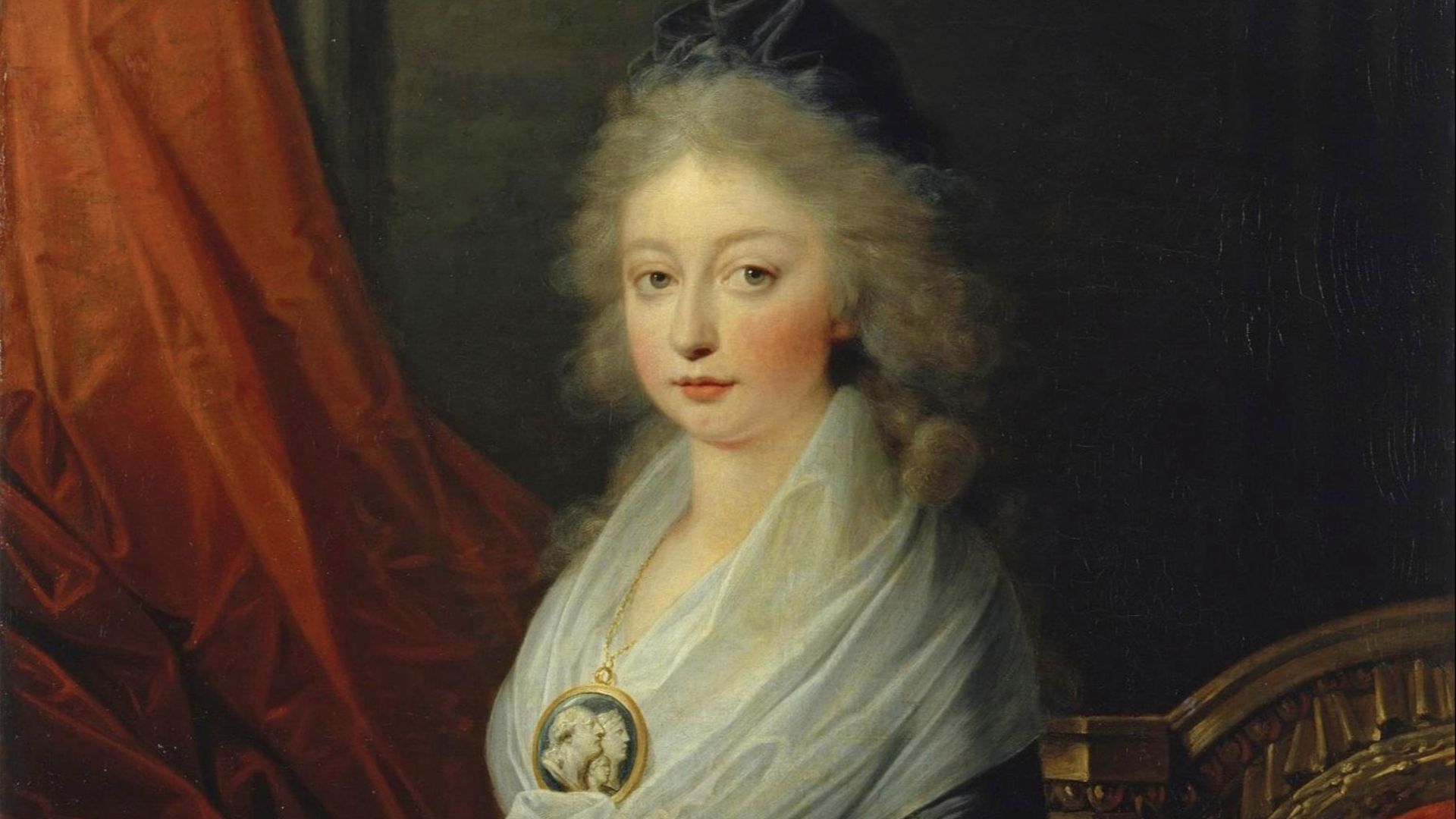 Heinrich Füger, Wikimedia Commons
Heinrich Füger, Wikimedia Commons
11. She Was Unaware
Despite her family’s attempts to show their charitable nature, discontent amongst the people of France was growing—and it would have dire consequences for Marie Thérèse. However, even as the Revolution gained momentum, the 10-year-old Madame Royale remained blissfully unaware of the brewing danger.
Plus, she had personal tragedies to deal with.
 Unknown authorUnknown author, Wikimedia Commons
Unknown authorUnknown author, Wikimedia Commons
12. She Lost Her Sister
In 1787, Marie Thérèse lost her little sister, Sophie. The sudden and unexpected loss shook her to her core. Before the first first shots of the Revolution were even fired, Marie Thérèse was learning that love and loss often came hand in hand. And it wouldn’t be the last tragedy she suffered.
13. She Lost Her Brother
Just two years after losing her sister, Marie Thérèse had grown close to another one of her siblings; her brother, Louis Joseph. However, when he fell ill and succumbed to tuberculosis, she was devastated once again. In fact, she was too sad to notice the storm brewing just outside the palace walls.
 Universal History Archive, Getty Images
Universal History Archive, Getty Images
14. She Lost Her Childhood
On July 14, 1789, a mere month after losing her brother, Marie Thérèse’s world came crumbling down with the storming of the Bastille. Illness and accidents had taken the lives of her family already—but a mob would take her family’s legacy. To preserve the Bourbon monarchy, Marie Thérèse’s father sent her beloved governess and favorite uncle away.
She wouldn’t be far behind.
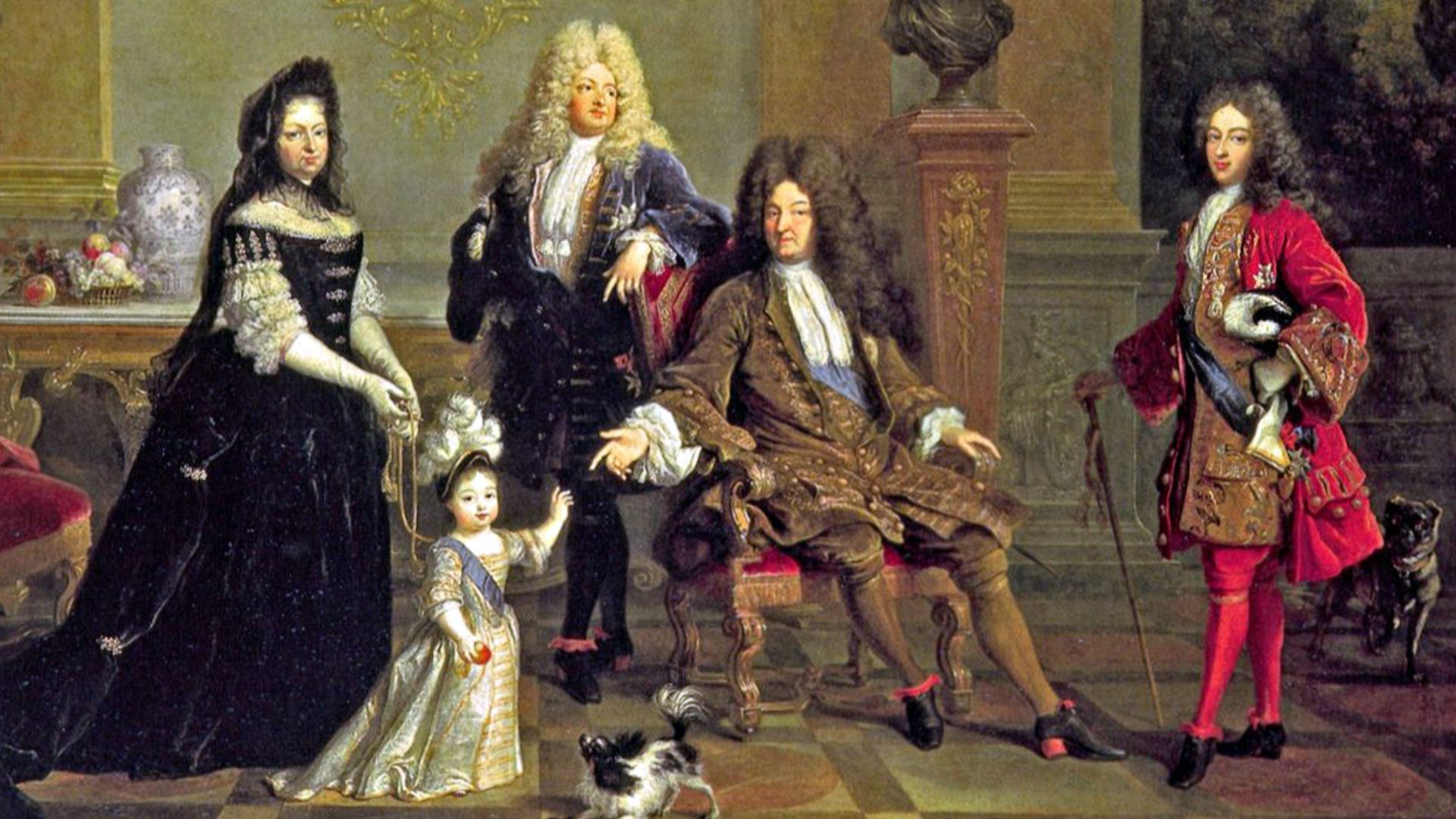 Formerly attributed to Nicolas de Largillière, Wikimedia Commons
Formerly attributed to Nicolas de Largillière, Wikimedia Commons
15. She Survived The Attack On Versailles
Marie Thérèse’s father had underestimated the mob’s anger. So, when the rowdy rabble stormed the Palace of Versailles in October 1789, Marie Thérèse and her family only barely survived. Guards rushed the royal family into King Louis XVI’s apartments as the crowd howled outside.
Marie Thérèse clung to her family for dear life.
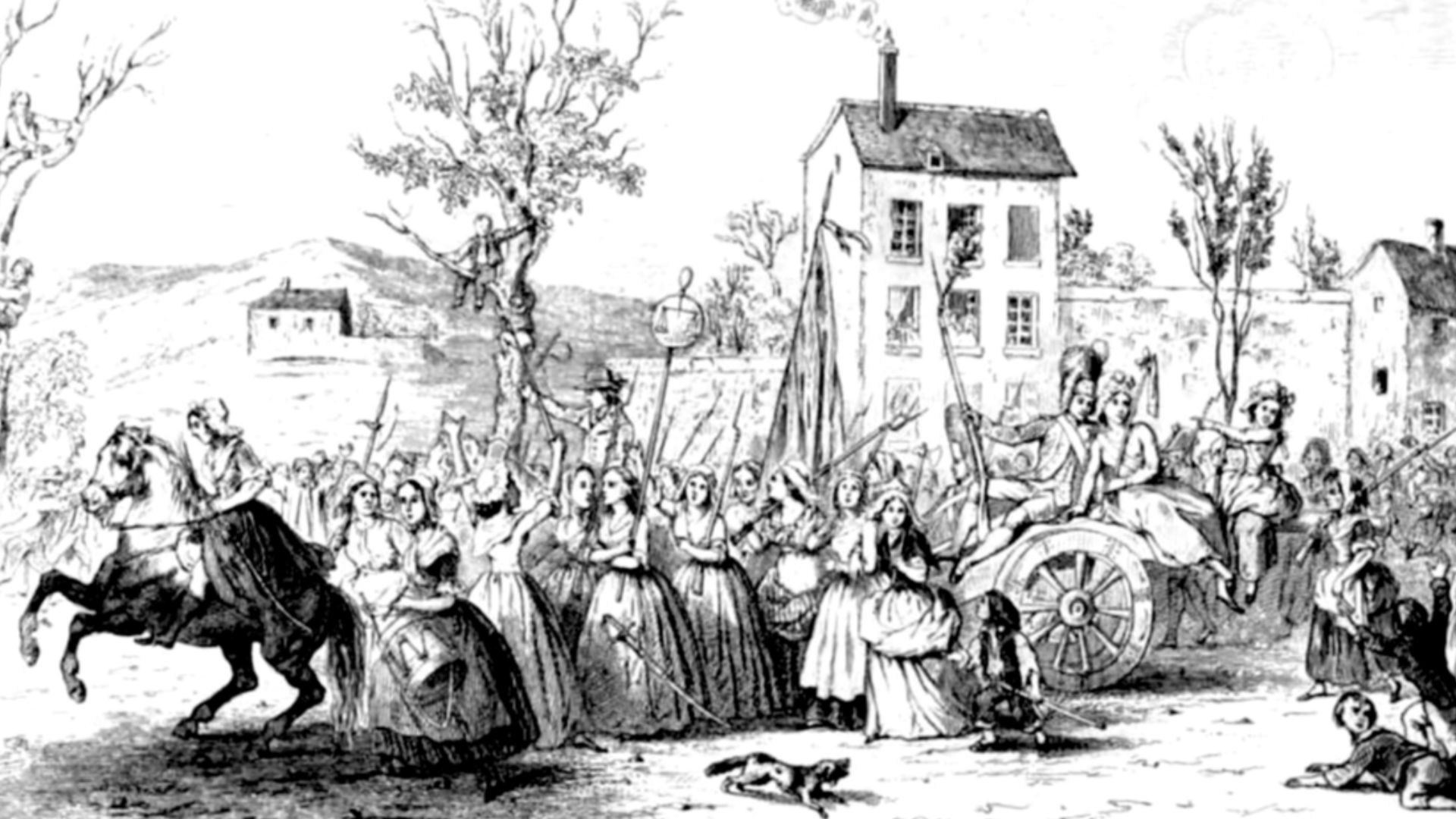 Unknown authorUnknown author, Wikimedia Commons
Unknown authorUnknown author, Wikimedia Commons
16. Her Family Fled In Disguise
Desperate to escape the chaos and finally understanding the danger they were in, Marie Thérèse and her family tried to flee Paris. Their destination and last hope for safety was a loyalist stronghold in Montmédy. However, locals recognized King Louis XVI and their daring escape ended just 50 kilometers from the fortified city.
Forced to turn back to Paris, Marie Thérèse dreaded her likely fate.
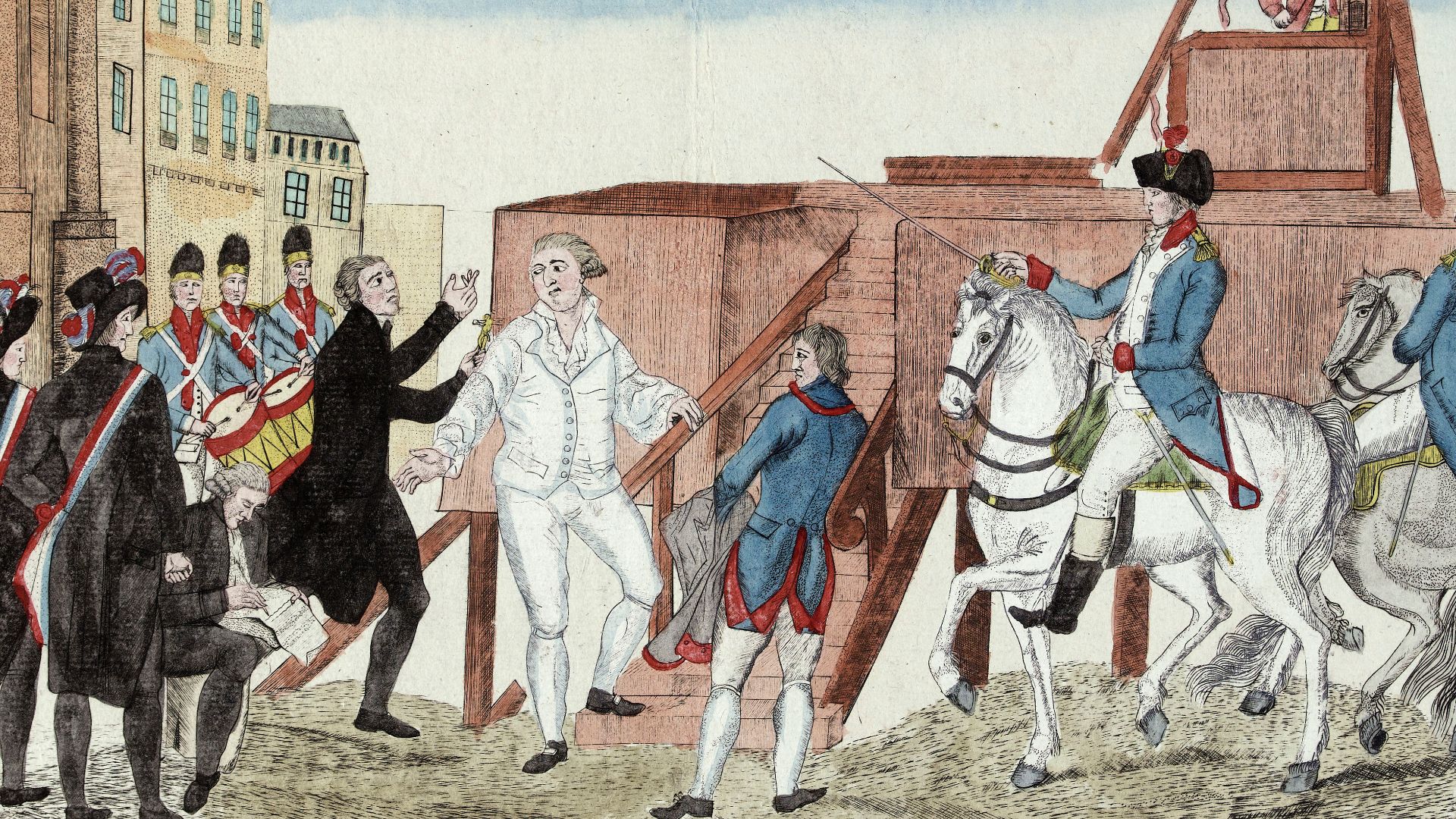 Unknown authorUnknown author, Wikimedia Commons
Unknown authorUnknown author, Wikimedia Commons
17. She Had On Iron Cuffs
When members of the Revolution captured the royal family at Varennes, things got exponentially worse. Instead of the lace cuffs that she had grown up wearing, the guards threw Marie Thérèse and her family in irons and marched them back to Paris. Then the real horrors began.
18. She Was Locked In A Medieval Tower
Fairy tales usually begin with princesses locked away in towers. In a cruel twist, however, Marie Thérèse believed that a tower was where her story would end. In August 1792, the Revolution succeeded in dissolving the monarchy and imprisoned the royal in the infamous Temple Tower.
Marie Thérèse, then just 13, watched as her family disappeared, one after the other.
19. Her Brother Became A Puppet King
Months after their imprisonment, in January of 1793, Marie Thérèse learned the tragic news: her father had lost his head on the guillotine. Not wanting to lose hope, a strong royalist faction declared her little brother, Louis Charles, the new King Louis XVII. But the boy-king was only eight, and Marie Thérèse had no illusions—his crown was fake, and the danger was all too real.
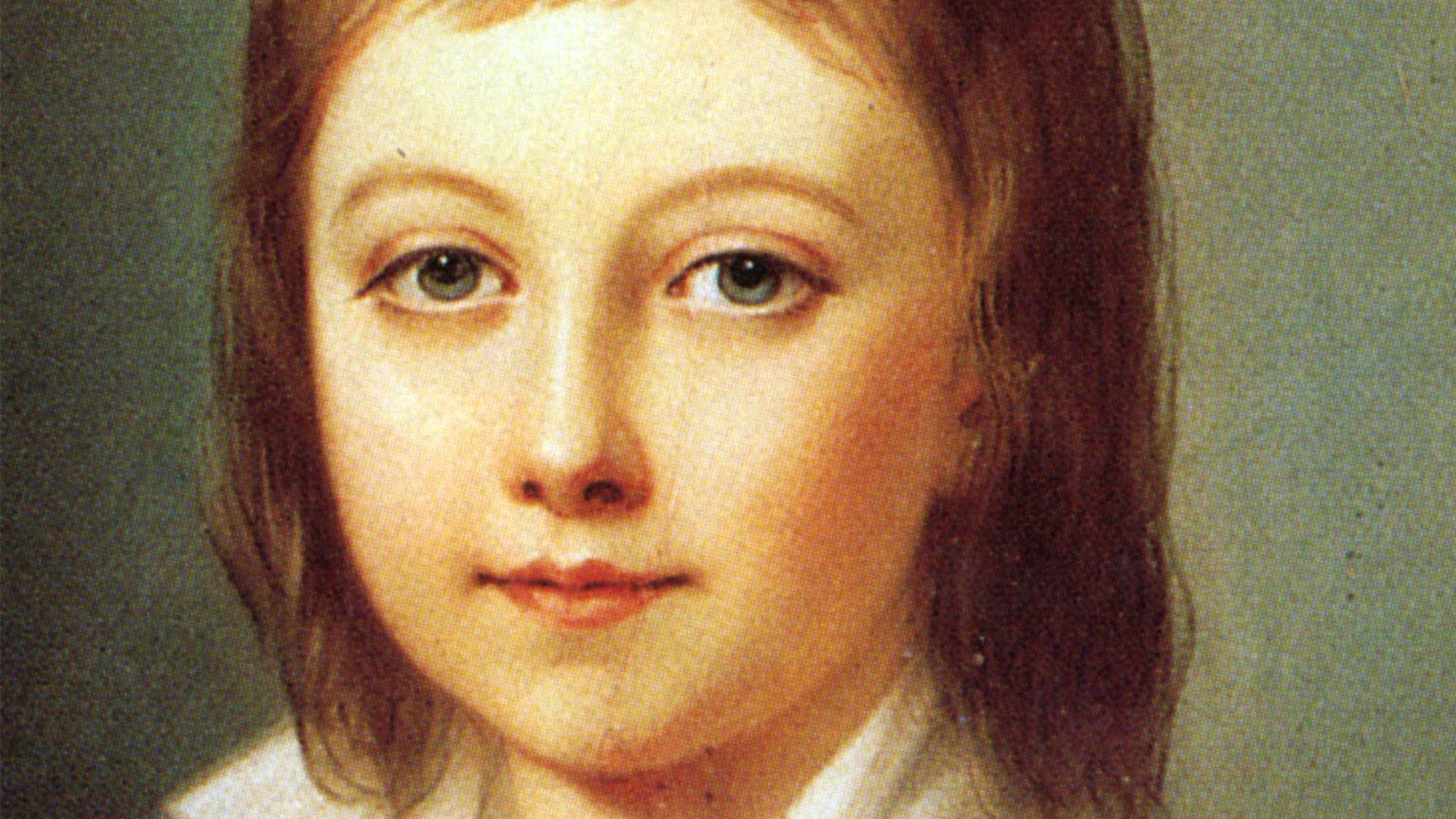 Alexander Kucharsky, Wikimedia Commons
Alexander Kucharsky, Wikimedia Commons
20. She Could Have Escaped Through Marriage
In March 1793, General Dumouriez plotted to restore the monarchy and free Marie Thérèse along with her mother and siblings. The plan would have seen the young princess married off to Dumouriez’s ally, the Duke of Chartres. However, the plan quickly crumbled when it failed to garner support amongst the troops. With that, her hopes of escape vanished.
The worst was yet to come.
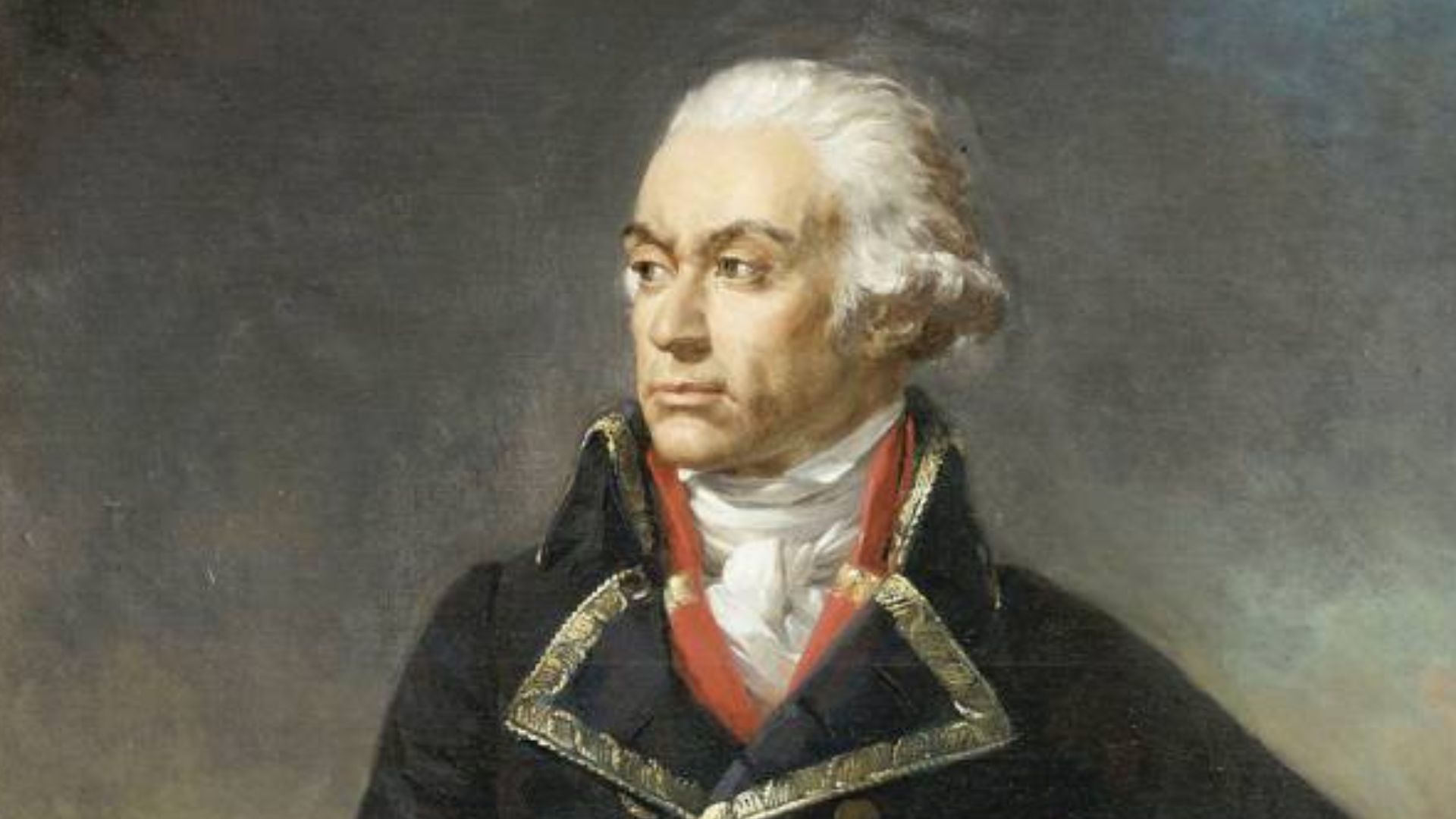 Jean Sebastien Rouillard, Wikimedia Commons
Jean Sebastien Rouillard, Wikimedia Commons
21. Her Brother Was Ripped Away
By the summer of 1793, the situation for Marie Thérèse and her family had deteriorated even further. Just when she thought it couldn’t get worse, guards stormed the royal chambers and seized her young brother, Louis Charles. Marie Thérèse could only watch helplessly as they tore the eight-year-old away—entrusted to a cruel cobbler who treated shoes with greater care than children.
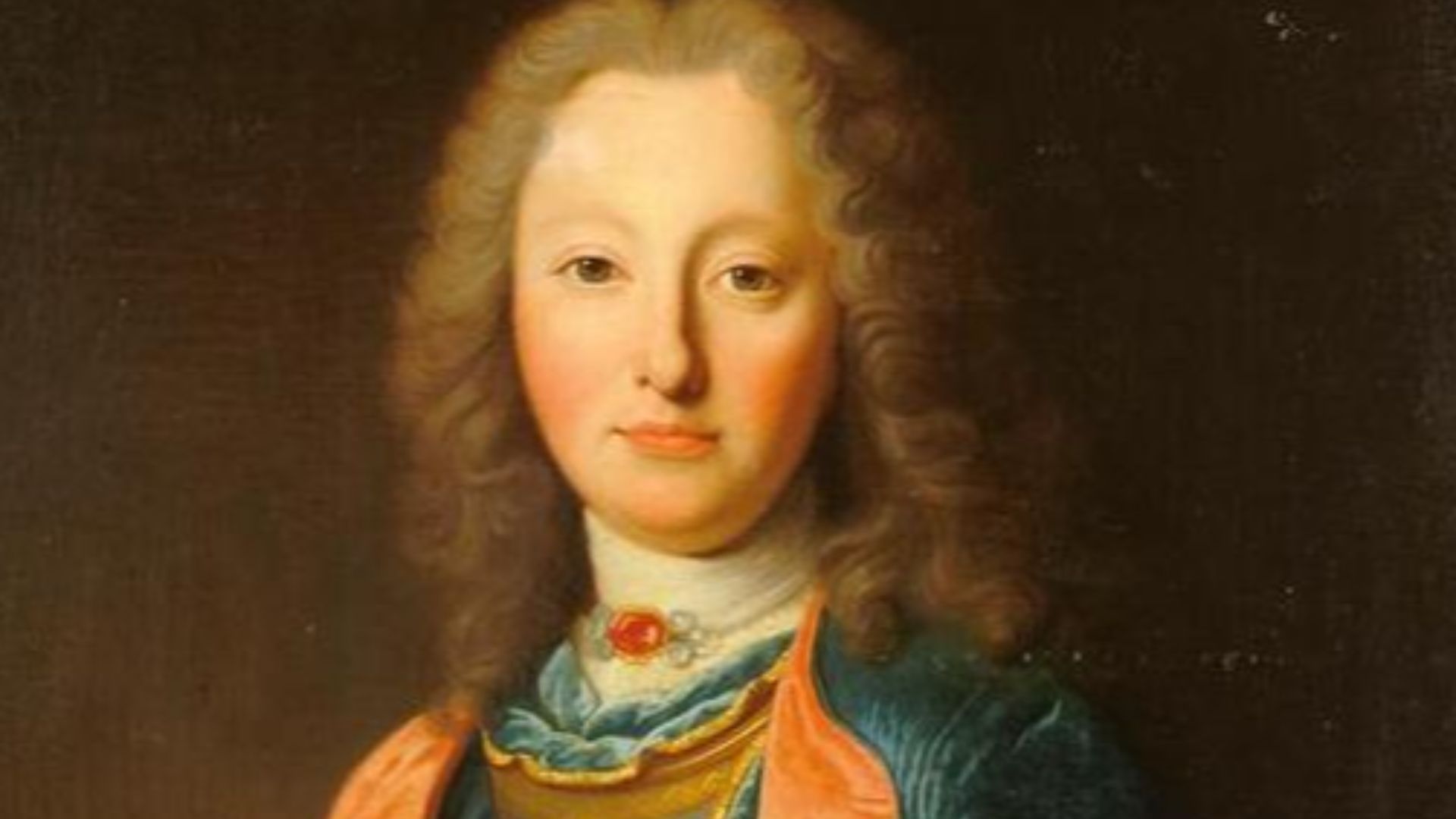 Unidentified painter, Wikimedia Commons
Unidentified painter, Wikimedia Commons
22. She Lost Her Last Guardian
After losing her brother, Marie Thérèse lost the last person in her immediate family still around. On August 2, without much warning, the guards entered the royal chambers and ripped Marie Antoinette away from her daughter’s side. With no else left, Marie Thérèse clung to her aunt Élisabeth…until guards took her, too.
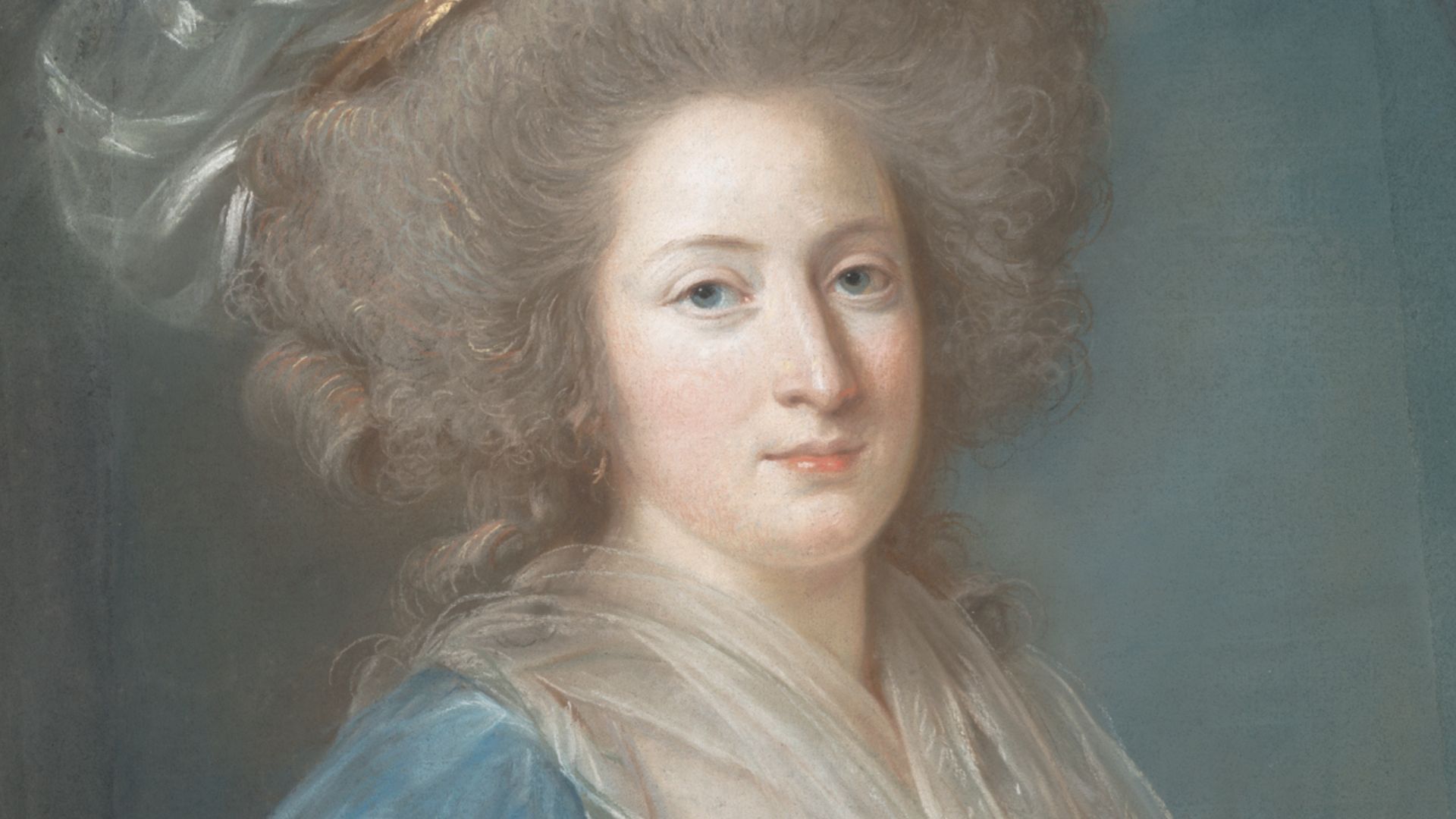 Adelaide Labille-Guiard, Wikimedia Commons
Adelaide Labille-Guiard, Wikimedia Commons
23. She Became The Last Royal Standing
Within a year, Marie Thérèse had gone from being the pampered daughter of the most powerful family in Europe to its last living member. As the Reign of Terror swept through France and burned through courtiers and noblemen, Marie Thérèse alone remained as a sad and silent witness, watching from the Temple Tower.
It’s not like she had much else to do.
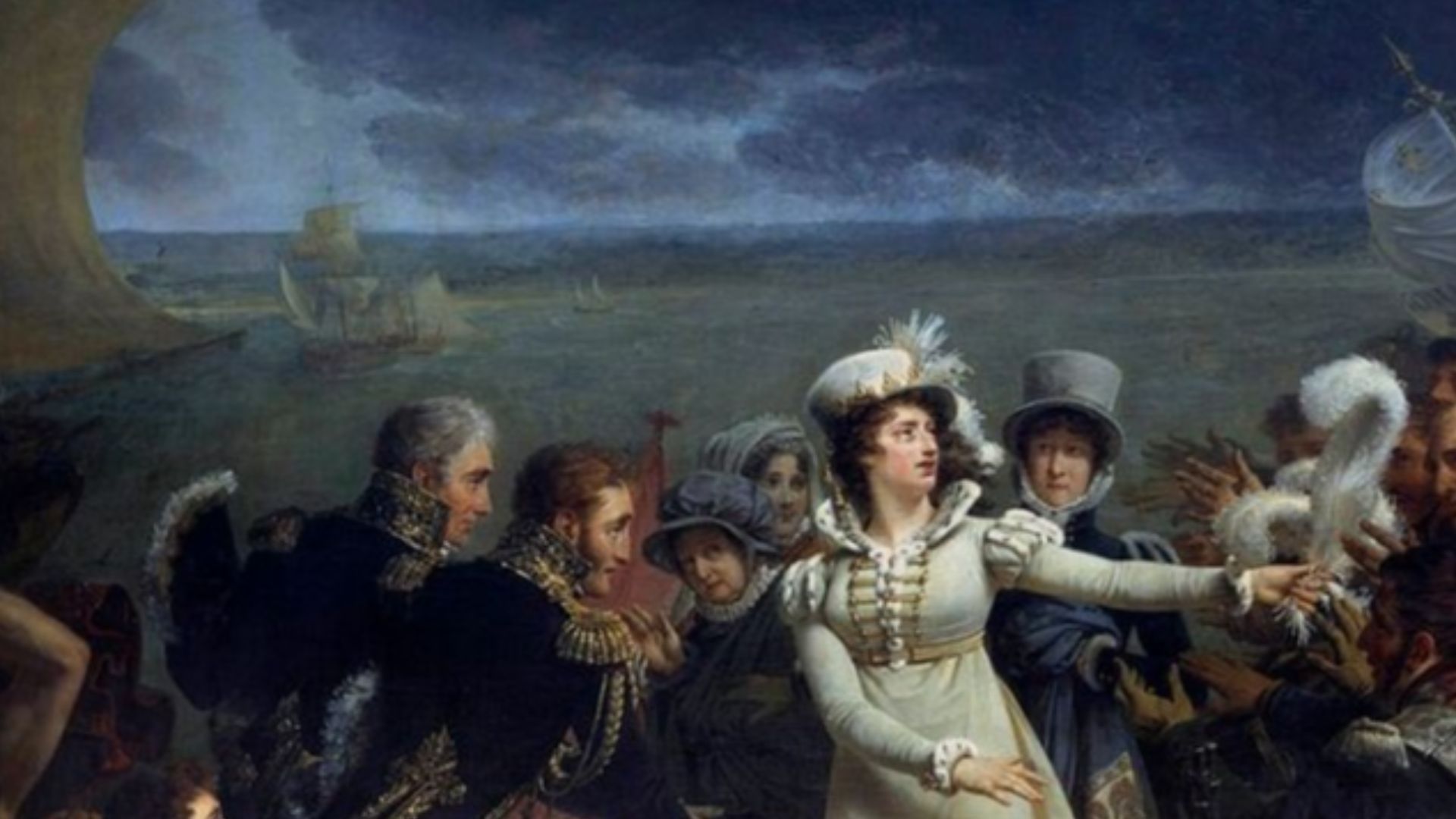 Lord Cornwallis, Wikimedia Commons
Lord Cornwallis, Wikimedia Commons
24. She Was Bored Out Of Her Mind
To distract from the tragedies in her life, Marie Thérèse had just two books: a prayer book and Voyages by Jean-François de La Harpe. With little else to do, she read the books endlessly until she knew every word by heart. When she begged for new reading material, the guards denied her even this small luxury. Believe it or not, she was getting the better end of the deal.
25. She Could Hear Her Brother Scream
Worse than the loneliness and the relentless boredom was the horror of her situation. Though the walls of the Temple Tower were brick and stone, they might as well have been paper thin. Between reading and praying, Marie Thérèse had to listen helplessly to the cries of her little brother as he was subjected to all manners of unimaginable treatment at the hands of his captors.
26. She Had A Secret Meeting
In the midst of the Reign of Terror, Marie Thérèse got to meet with the one man behind it all, the one man responsible for her family’s downfall: Robespierre. The leader of the Revolution paid Marie Thérèse a visit at the Temple Tower, however what they said (or, indeed, what happened) remains a mystery. But we know what he didn’t tell her.
Apart from sharing her father’s grim fate, Robespierre didn’t tell Marie Thérèse about the fate of the rest of her family. Cruelly, he left her with false hopes.
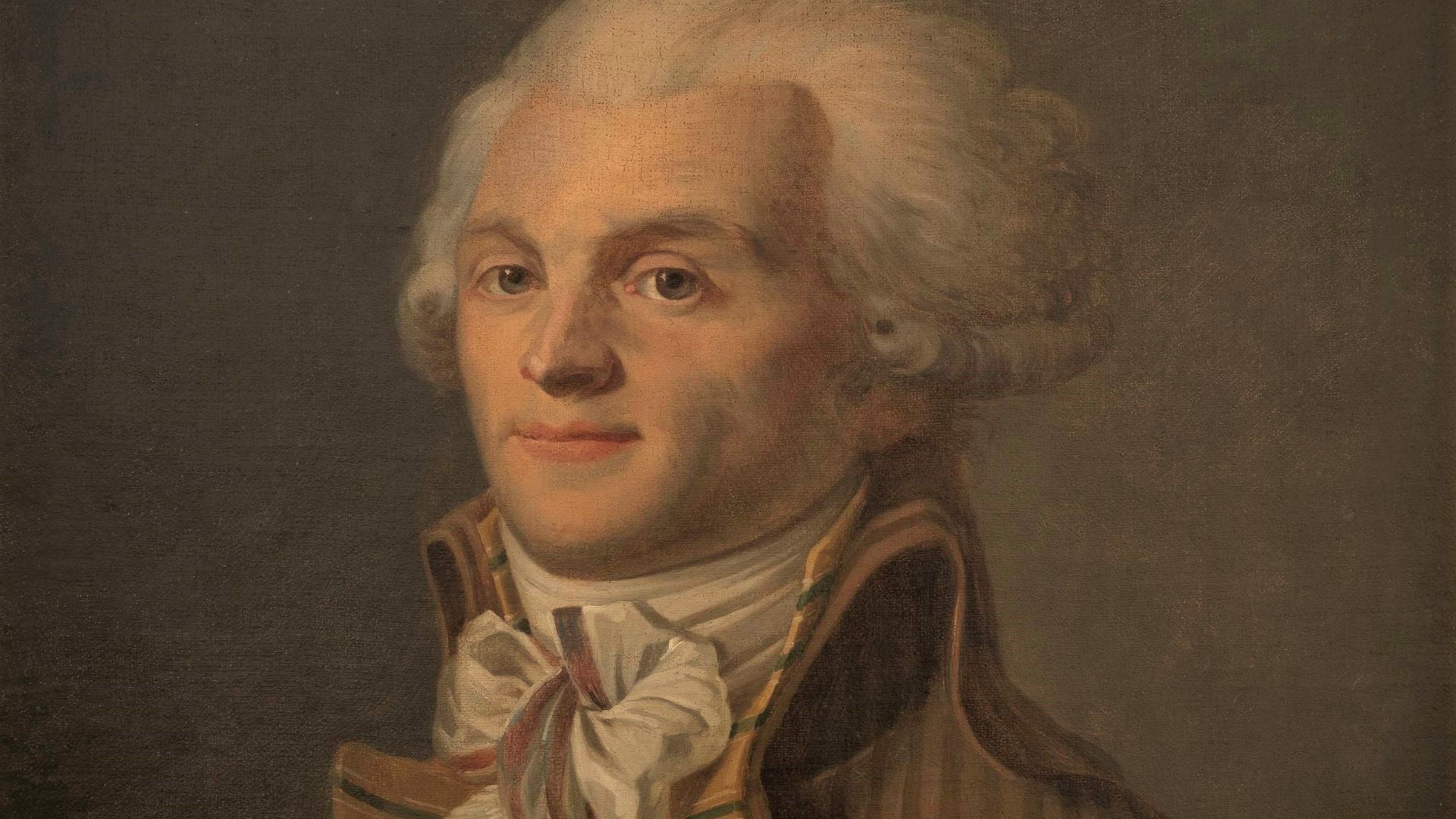 Unidentified painter, Wikimedia Commons
Unidentified painter, Wikimedia Commons
27. She Carved Her Grief Into Stone
All alone in her cell, with no one left to talk to, Marie Thérèse spoke to the walls. Or, at least, carved her thoughts into them. Her heartbreaking message read: “Marie Thérèse Charlotte is the most unhappy person in the world. She can obtain no news of her mother; nor be reunited to her, though she has asked it a thousand times. Live, my good mother! whom I love well”.
28. She Called For Forgiveness
Despite the horrors inflicted upon her and her family members, Marie Thérèse clung to hope. Even more miraculously, however, she never lost her mother’s spirit of charity. Even after everything her captors had done, the final words she carved into the stone wall of her cell were for forgiveness: “O my God! forgive those who have made my parents suffer”.
She might have been reciting a different prayer if she learned the truth.
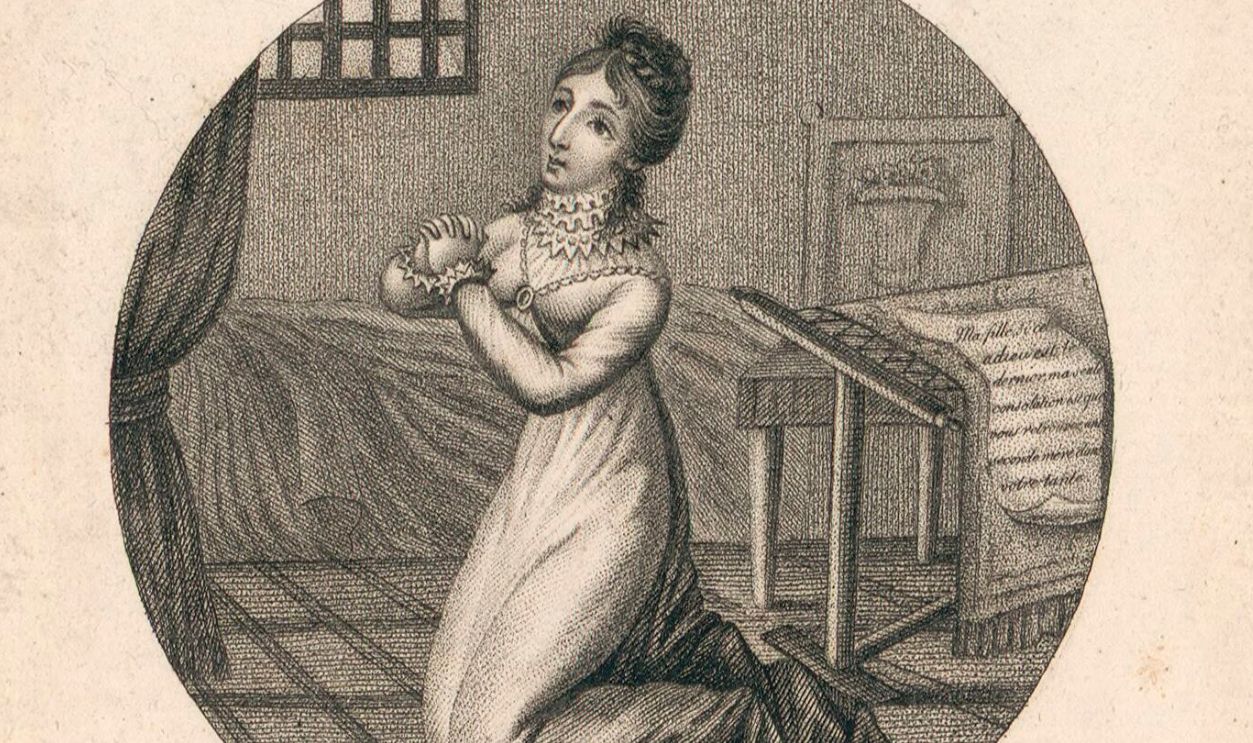 Unknown Author, Wikimedia Commons
Unknown Author, Wikimedia Commons
29. She Finally Learned The Truth
By the later summer of 1795, with the fervor of Revolution fading, it was no longer possible to conceal the harsh reality from Marie Thérèse. The truth, much like the First Republic, was about to come crashing down on Marie Thérèse’s head. When she learned what had become of her family, she broke down into “loud sobs of anguish and grief”.
 Benard, graveur en lettres. Upload, stitch and restoration by Jebulon, Wikimedia Commons
Benard, graveur en lettres. Upload, stitch and restoration by Jebulon, Wikimedia Commons
30. She Gained Her Freedom On Her Birthday
Just when she thought all hope was truly lost, on the eve of her seventeenth birthday, Marie Thérèse was released. With the Reign of Terror reaching its end, her captors released her in exchange for captives of the royalists. No one had endured worse during the Reign of Terror—and no one’s scars were quite so deep.
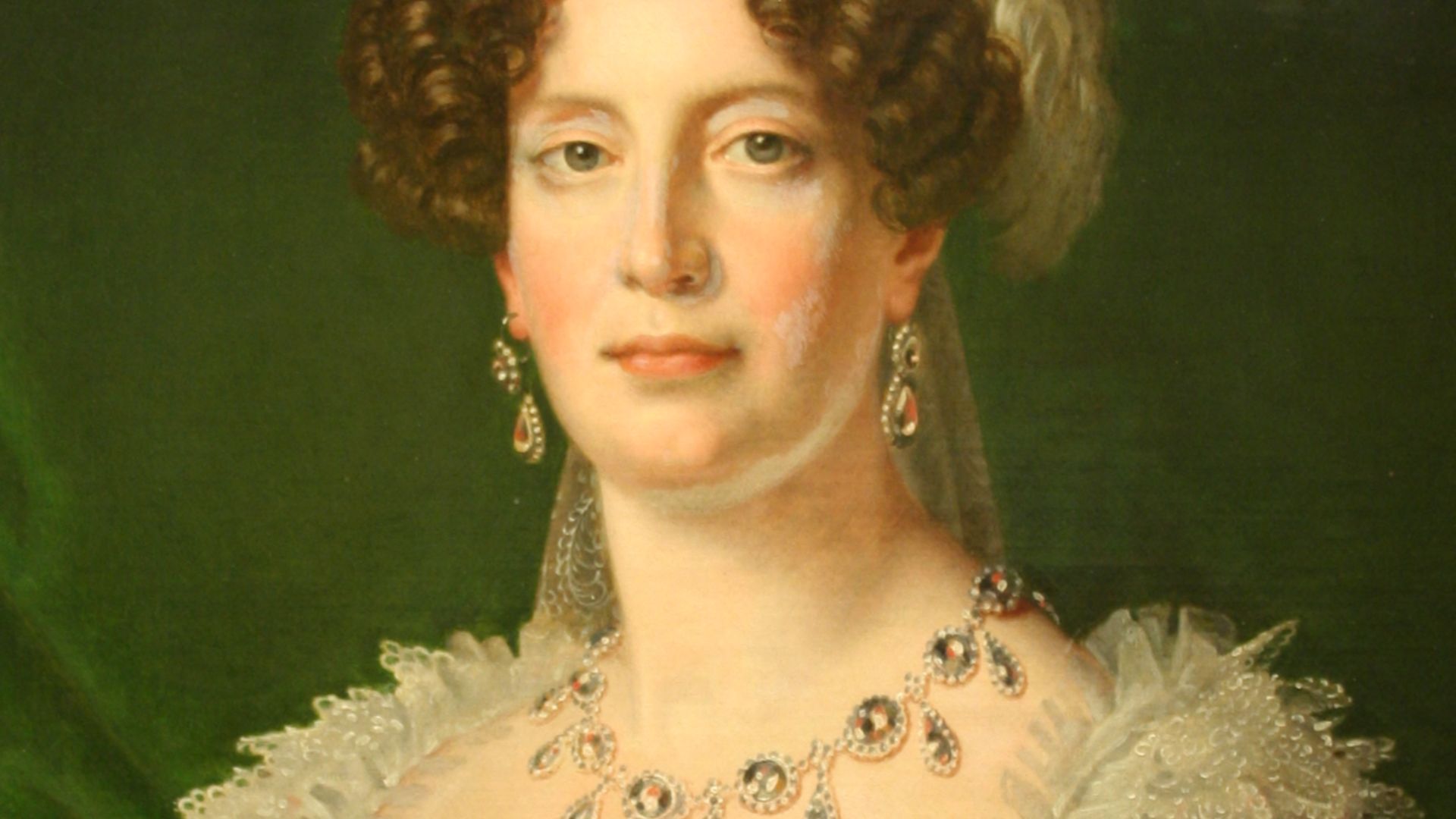 Alexandre-Francois Caminade, Wikimedia Commons
Alexandre-Francois Caminade, Wikimedia Commons
31. She Fled To A Frozen Kingdom
With the Bourbon monarchy dethroned, even though Marie Thérèse had gained her freedom, she had no home to which to return. Instead, she sought refuge in Mitau, a tiny Baltic town in modern-day Latvia. Her uncle, the Count of Provence, had taken up residence there and was, amongst the small but strong royalist faction, crowned King Louis XVIII.
But the future of the dynasty rested on Marie Thérèse.
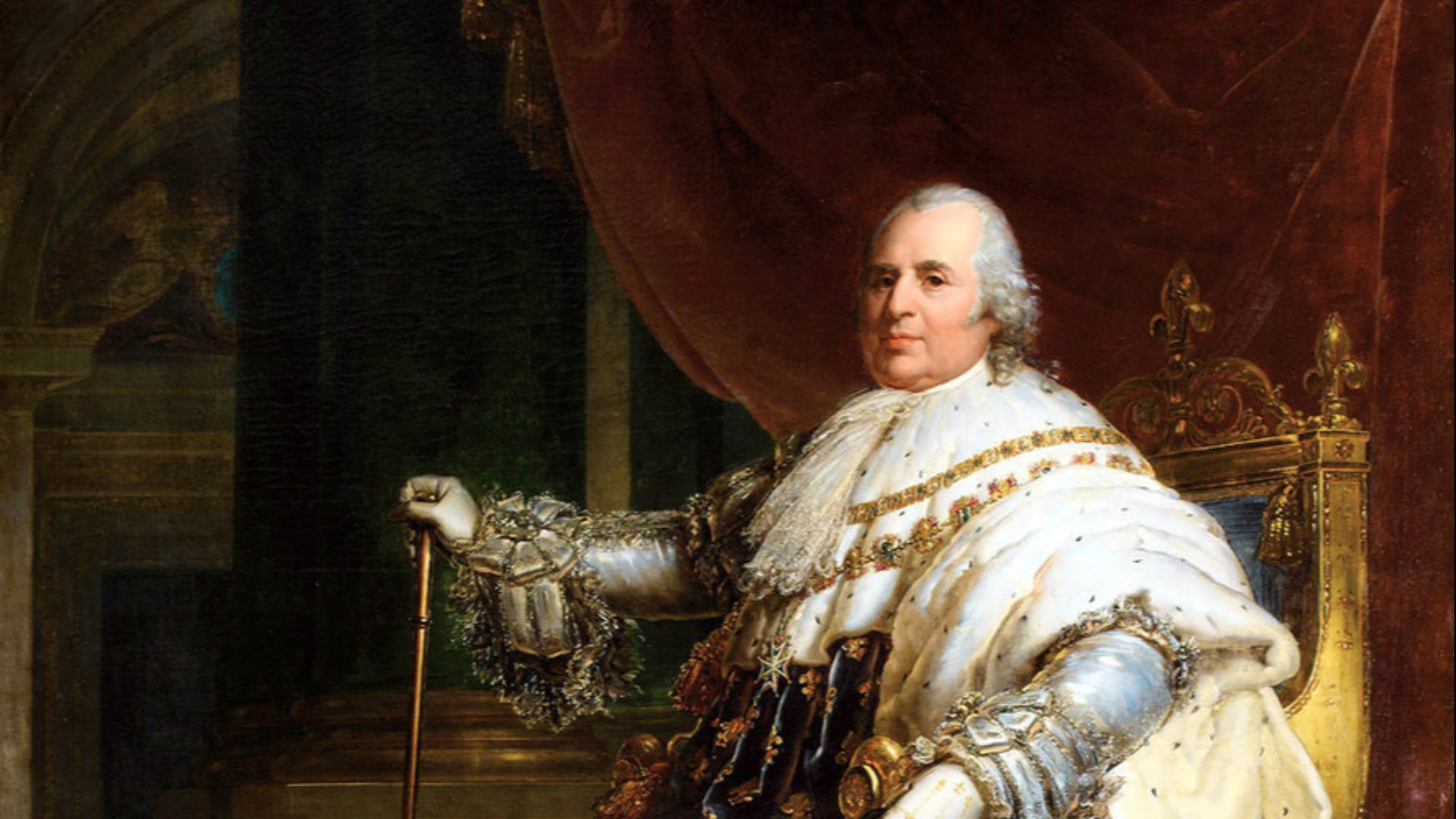 Francois Gerard, Wikimedia Commons
Francois Gerard, Wikimedia Commons
32. She Married The Next In Line
Though still mourning the loss of her own family, Marie Thérèse understood her duty. With all of her brothers gone, her uncle, King Louis XVIII had assumed the crown, but he had no heirs of his own. So, to preserve the Bourbon line, he arranged for her marriage to her cousin, Louis Antoine, Duke of Angoulême.
It was not the match everyone hoped it would be.
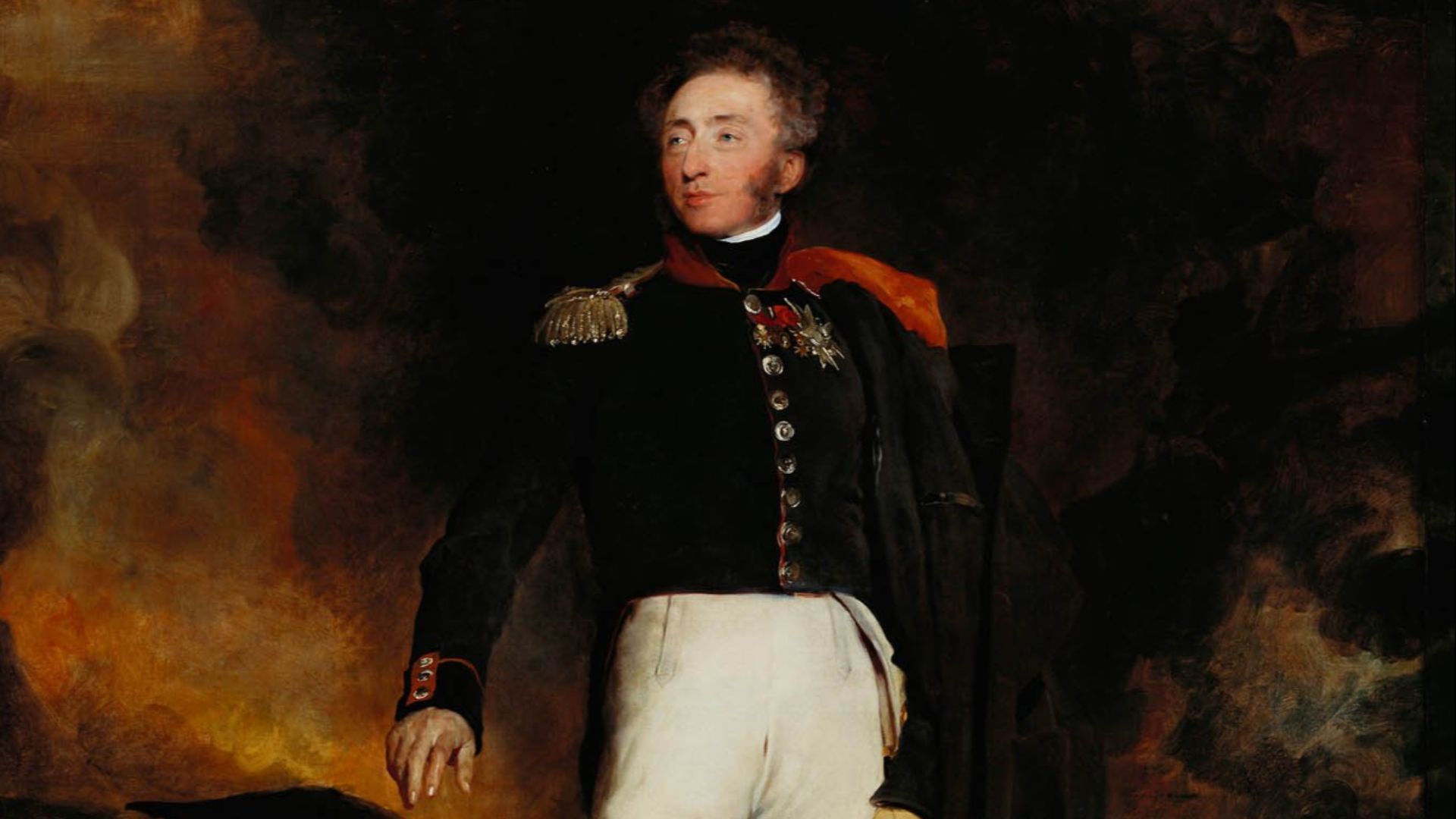 Thomas Lawrence, Wikimedia Commons
Thomas Lawrence, Wikimedia Commons
33. She Married A Mouse Of A Man
Even though he was the son of her father’s younger brother, Charles X, Louis Antoine lacked Marie Therese’s more thorough upbringing. Timid and tongue-tied, he hardly inspired confidence in the future of the House of Bourbon, with even his own father objecting to the match. Still, on June 10, 1799, Marie Therese performed her duties and wed her cousin in a quiet ceremony.
But the match proved fruitless as the couple’s only child passed in infancy in 1813.
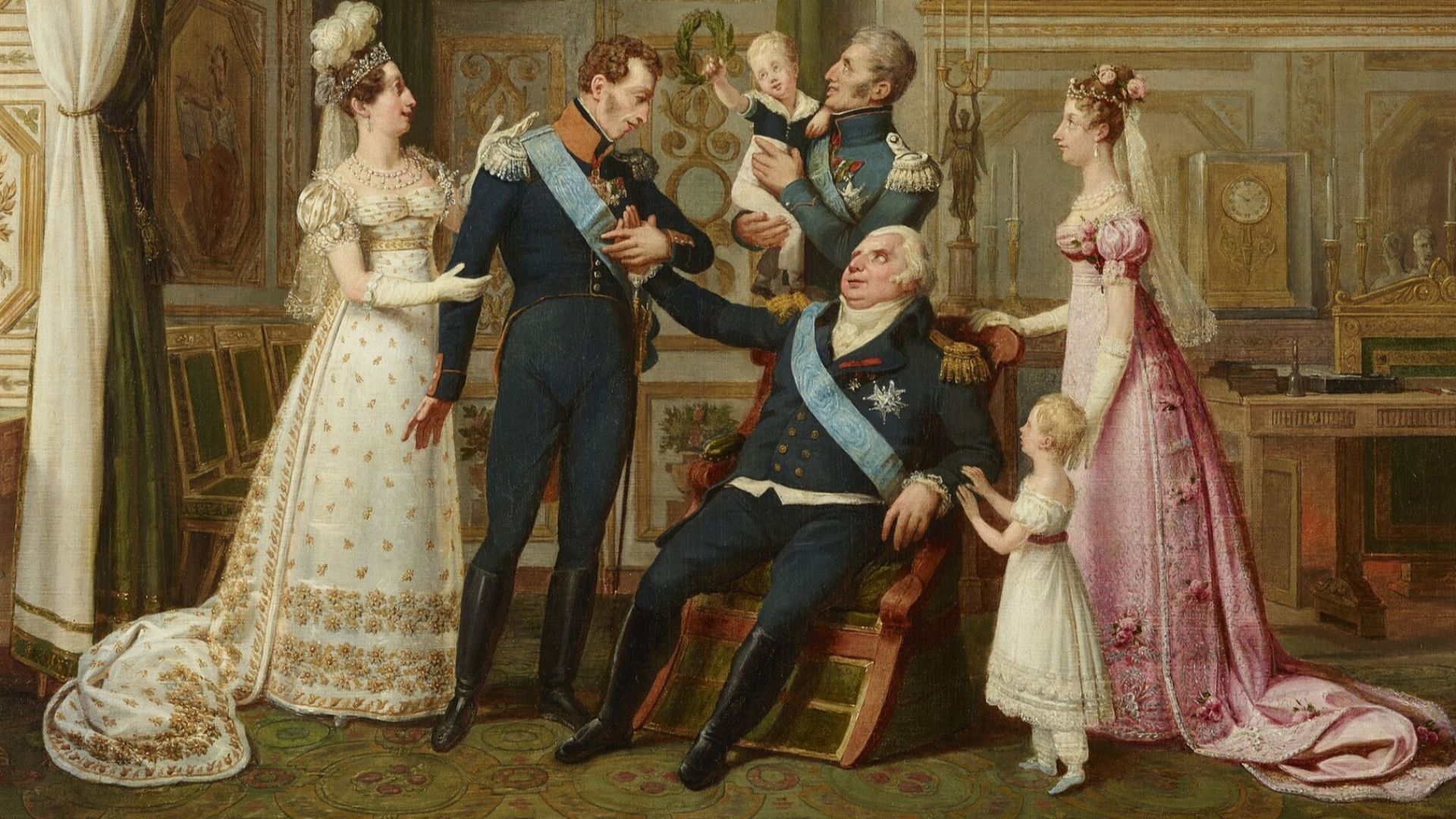 Antoine-Jean-Baptiste Thomas, Wikimedia Commons
Antoine-Jean-Baptiste Thomas, Wikimedia Commons
34. She Lived In Royal Exile
After her wedding, Marie Thérèse joined what was left of the House of Bourbon who had sought refuge in England. While she lived at Hartwell House, her father-in-law spent his time further north at Holyrood Palace in Scotland. With her extended family scattered across Europe, Marie Therese could have lost all hope.
But a change, she knew, was coming.
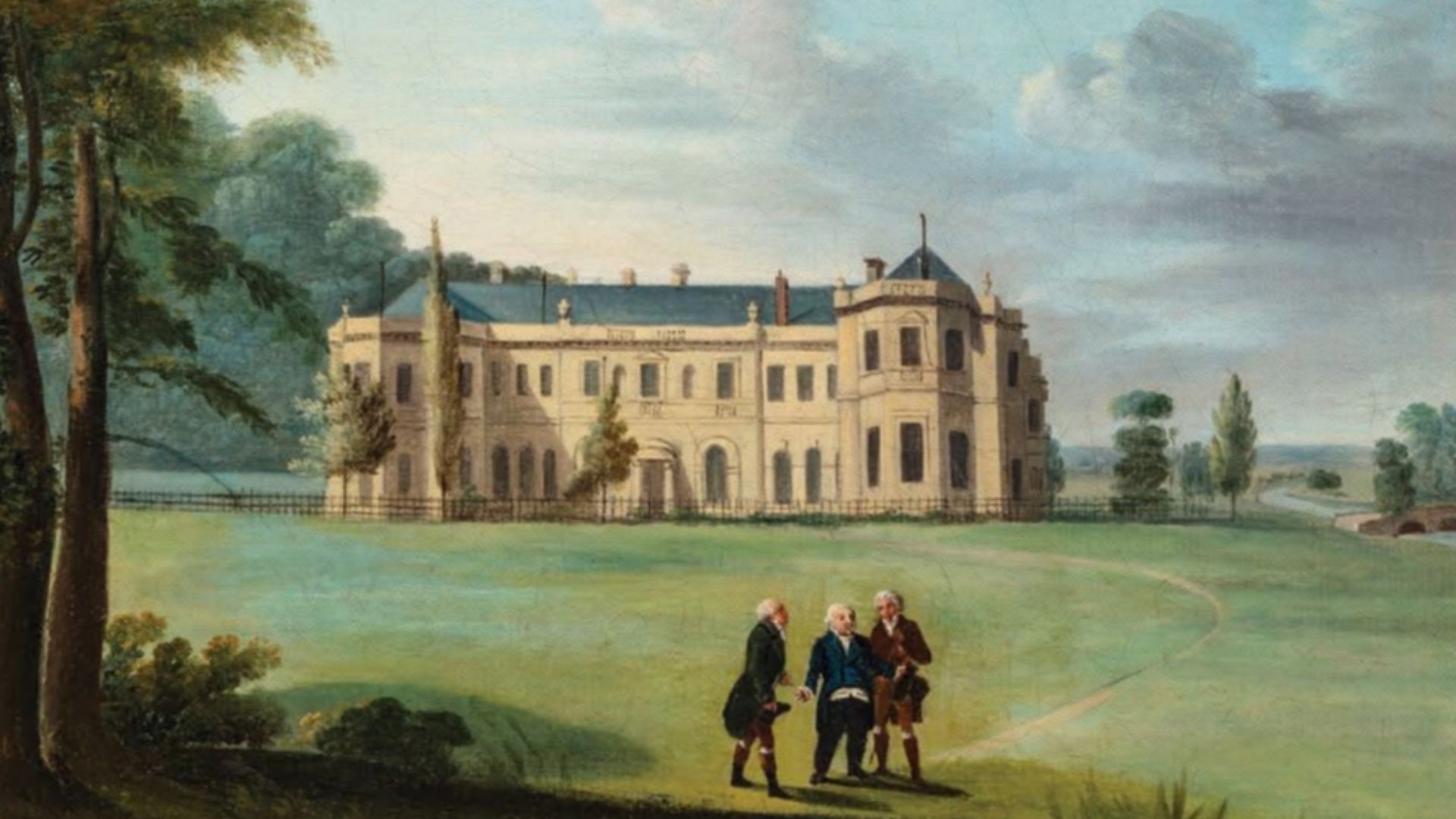 English school, circa 1810, Wikimedia Commons
English school, circa 1810, Wikimedia Commons
35. She Returned To A Ghost Town
In 1814, after almost two decades in exile, Marie Therese’s fate took a dramatic turn. When Napoleon fell, royalist factions within France restored the Bourbon monarchy and paved the way for Marie Thérèse to return. However, when she walked the halls of Versailles again, without the sound of her siblings’ laughter or the warmth of her parents’ love, it didn’t feel like home.
Still, she would fight for what little she had left.
 Pierre Patel, Wikimedia Commons
Pierre Patel, Wikimedia Commons
36. She Refused To Flee Again
When Napoleon made his surprise return from Elba in 1815, most of the Bourbon royalists fled in fear of the fabled general. But not Marie Thérèse. From Bordeaux, she rallied loyal troops and tried to defend her uncle’s reign. While the fighters refused to attack their fellow Frenchmen if Napoleon arrived, they pledged to keep her safe against all harm.
She might not have needed their protection after all.
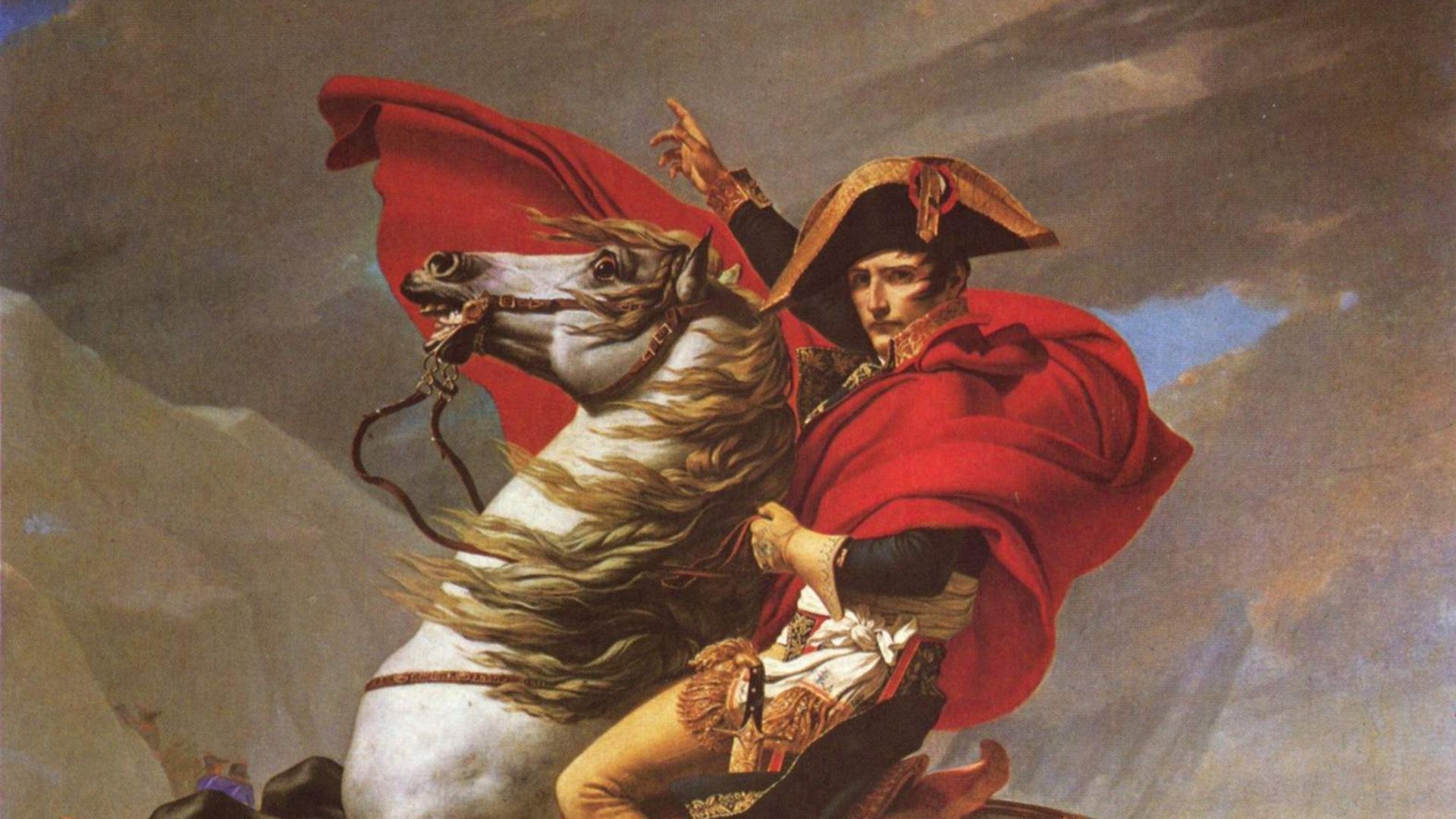 Jacques-Louis David, Wikimedia Commons
Jacques-Louis David, Wikimedia Commons
37. She Refused To Back Down
When Napoleon heard that Marie Therese was standing in his way he sent orders for her detainment. Undeterred, however, Marie Thérèse refused to budge or ever find herself clapped in irons again. She stood firm in Bordeaux until General Clauzel convinced her that to stay would bring senseless destruction.
Only then, to save the lives of her supporters, did she agree to leave. But with one concession.
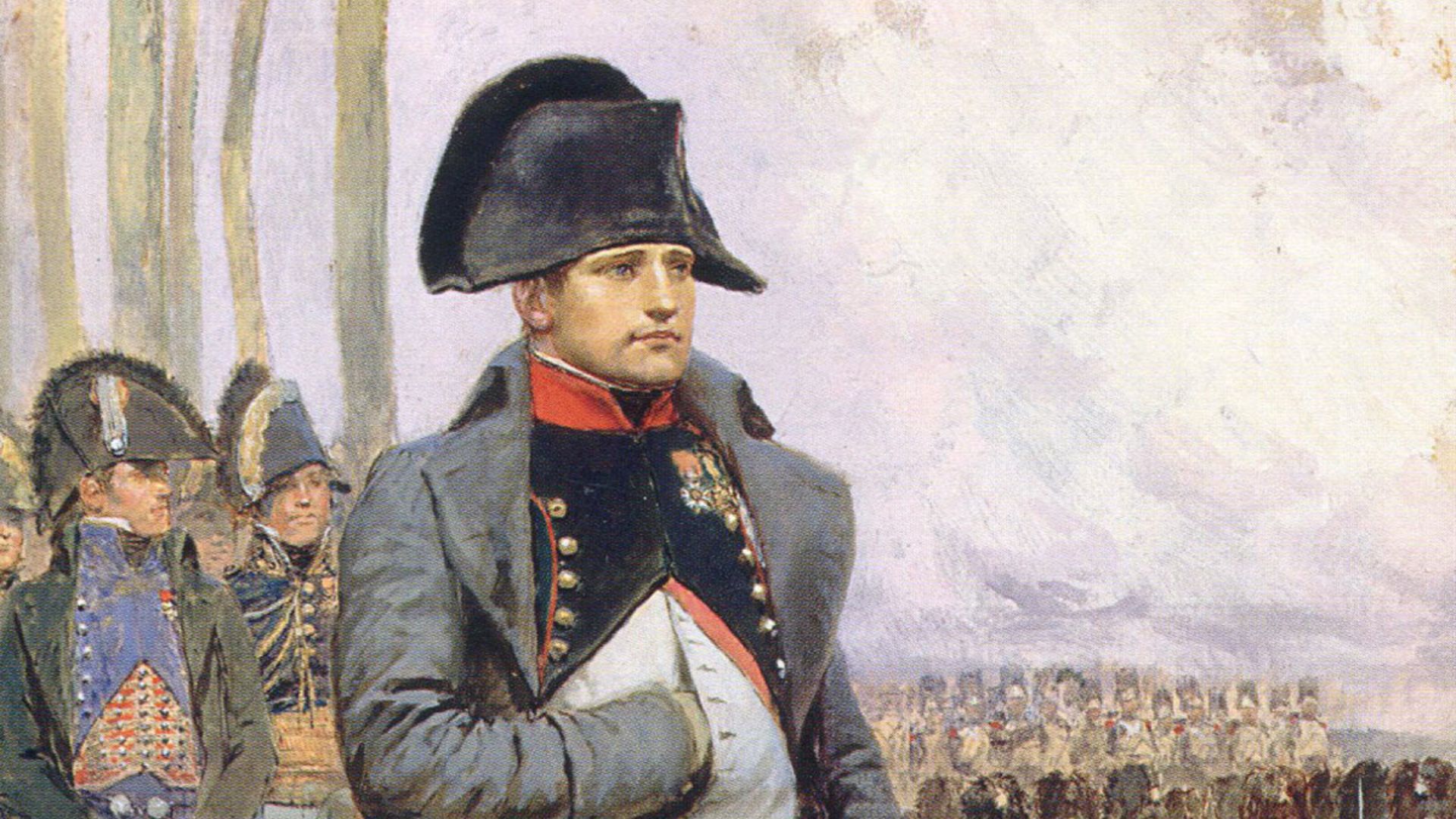 Édouard Detaille, Wikimedia Commons
Édouard Detaille, Wikimedia Commons
38. She Impressed Napoleon
Napoleon’s brave stand in Bordeaux might not have stopped Napoleon’s forward march, but it did give him pause. In fact, even though he had toppled her family’s dynasty and forged one of his own from the ruins, he couldn’t help but admire the last standing Bourbon from the main line. After Marie Thérèse stood down to save her people’s lives, Napoleon reportedly said, “She is the only man in her family”.
He wasn’t wrong.
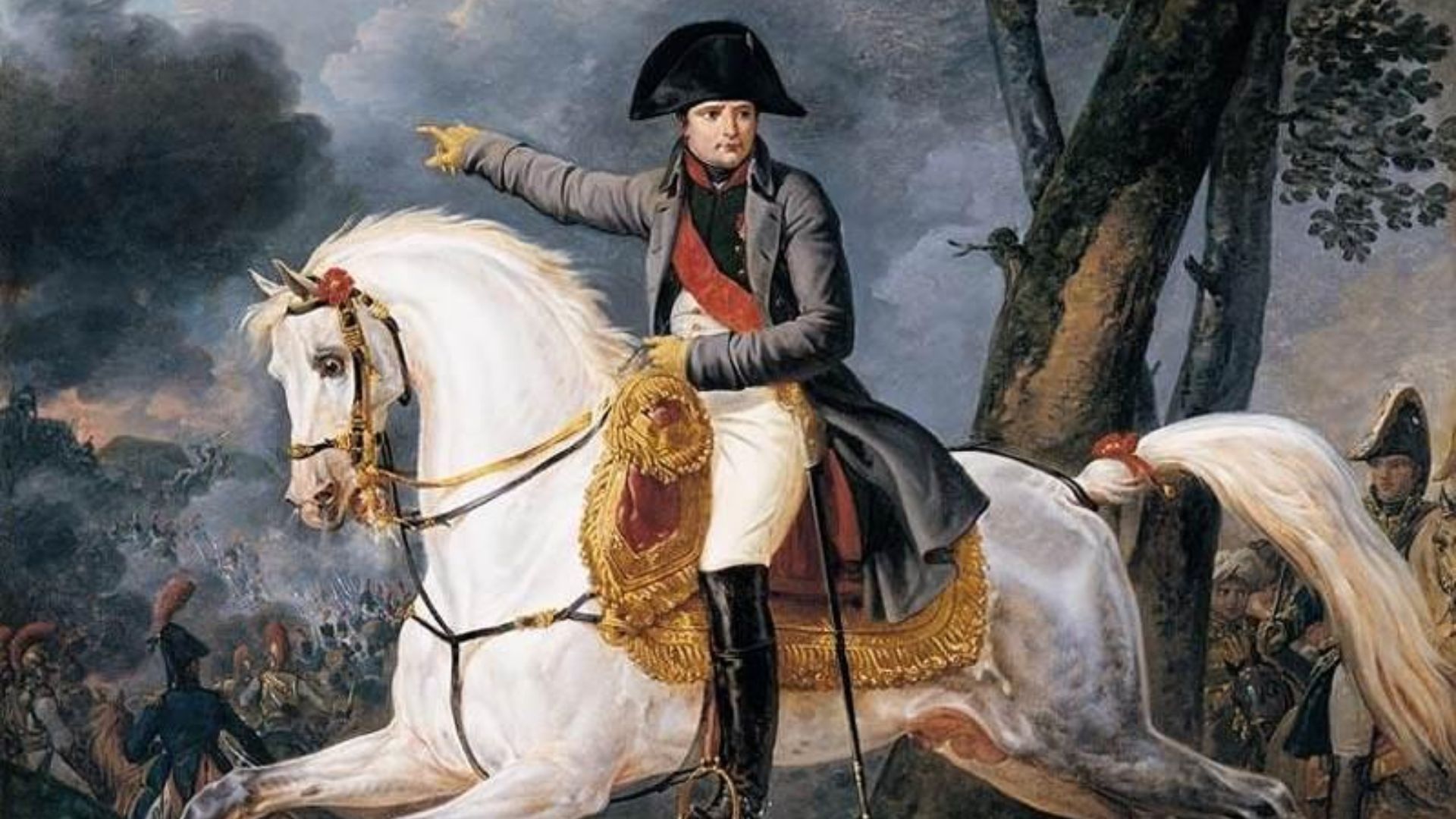 Carle Vernet, Wikimedia Commons
Carle Vernet, Wikimedia Commons
39. She Was Next In Line
In 1824, Louis XVIII passed on, and her father-in-law became King Charles X. That gave Marie Thérèse the paradoxical accomplishment of being the only Dauphine of France (wife of the heir to the throne) who was also a daughter of a former King. It seemed she was destined to be Queen—one day.
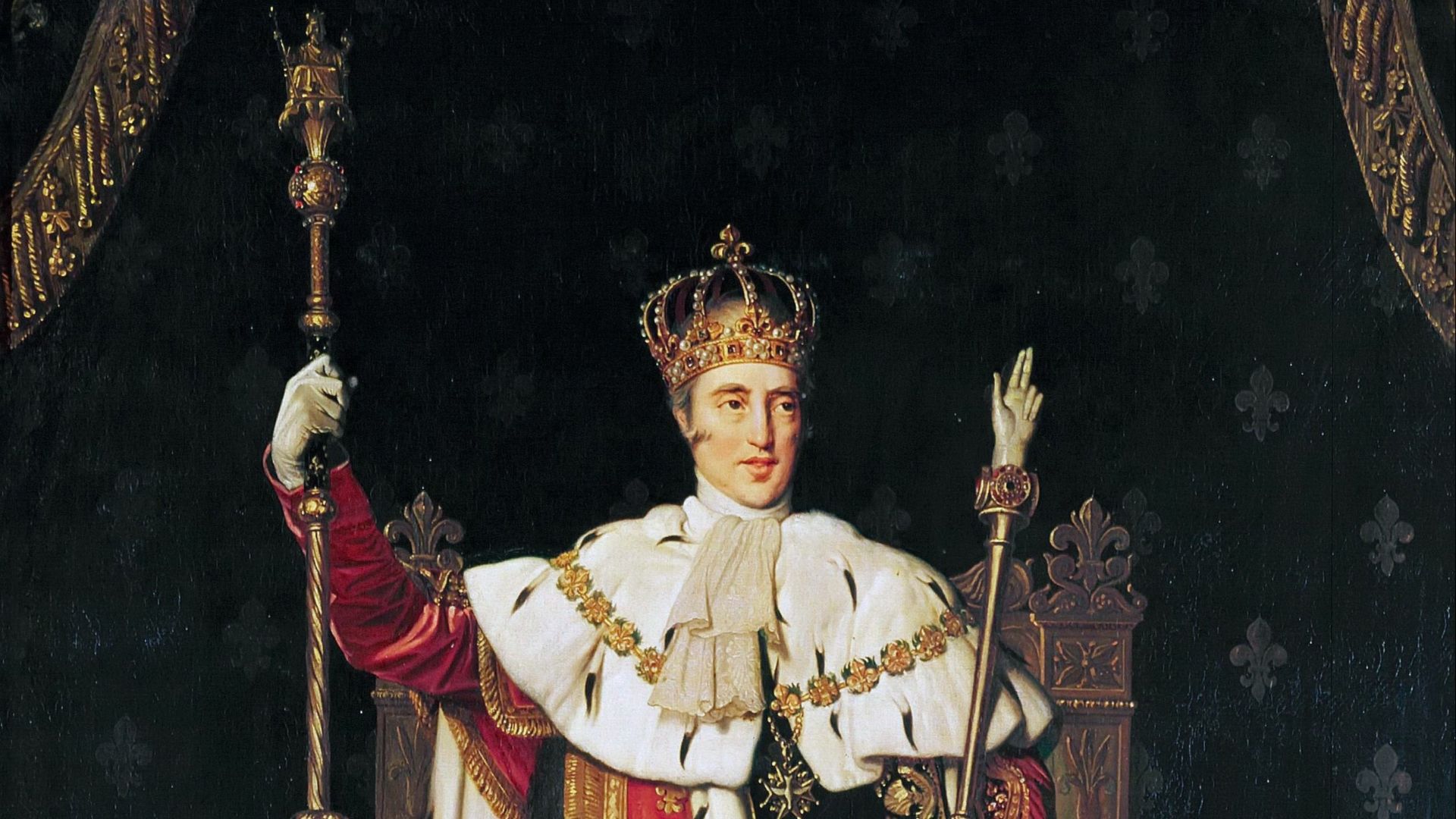 Jean-Auguste-Dominique Ingres, Wikimedia Commons
Jean-Auguste-Dominique Ingres, Wikimedia Commons
40. She Was Queen For 20 Minutes
In July 1830, revolution rocked France once again and the monarchy, on shaky footing, came crumbling down. Under pressure and to save his life, Marie Therese’s father-in-law, Charles X abdicated in favor of his son, Louis Antoine, making Marie Therese Queen of France. But only for 20 minutes. Less than half an hour later, Louis Antoine abdicated in favor of his nephew, the Duke of Bordeaux.
If you blinked, you would have missed her reign.
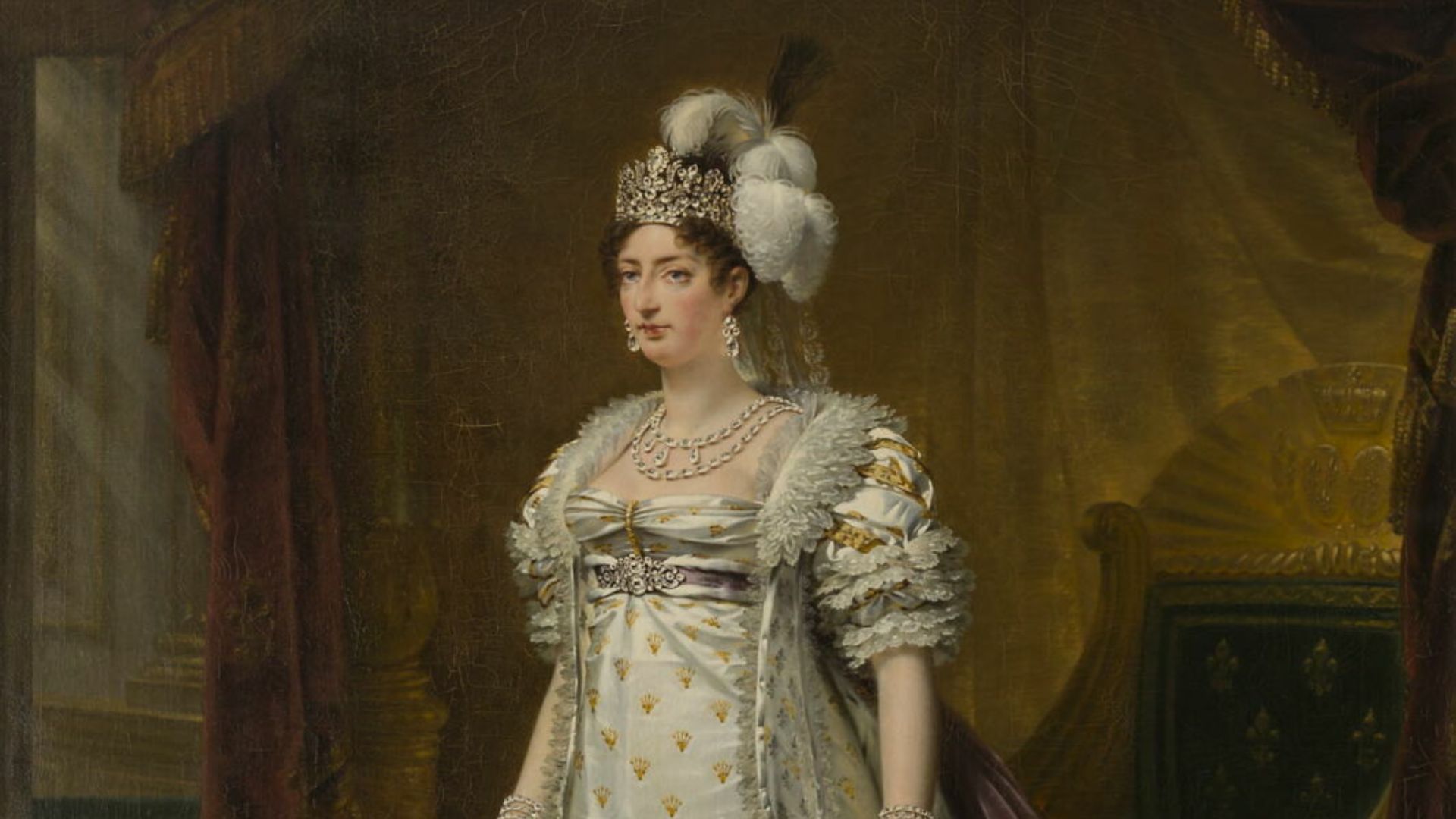 Antoine-Jean Gros, Wikimedia Commons
Antoine-Jean Gros, Wikimedia Commons
41. She Fled—Again
Just days after (briefly) becoming Queen, Marie Thérèse was on the run again. On August 16, 1830, she boarded a ship at Cherbourg along with the rest of the extended Bourbon clan and set sail for exile in England. This time, she knew, her crown was gone for good.
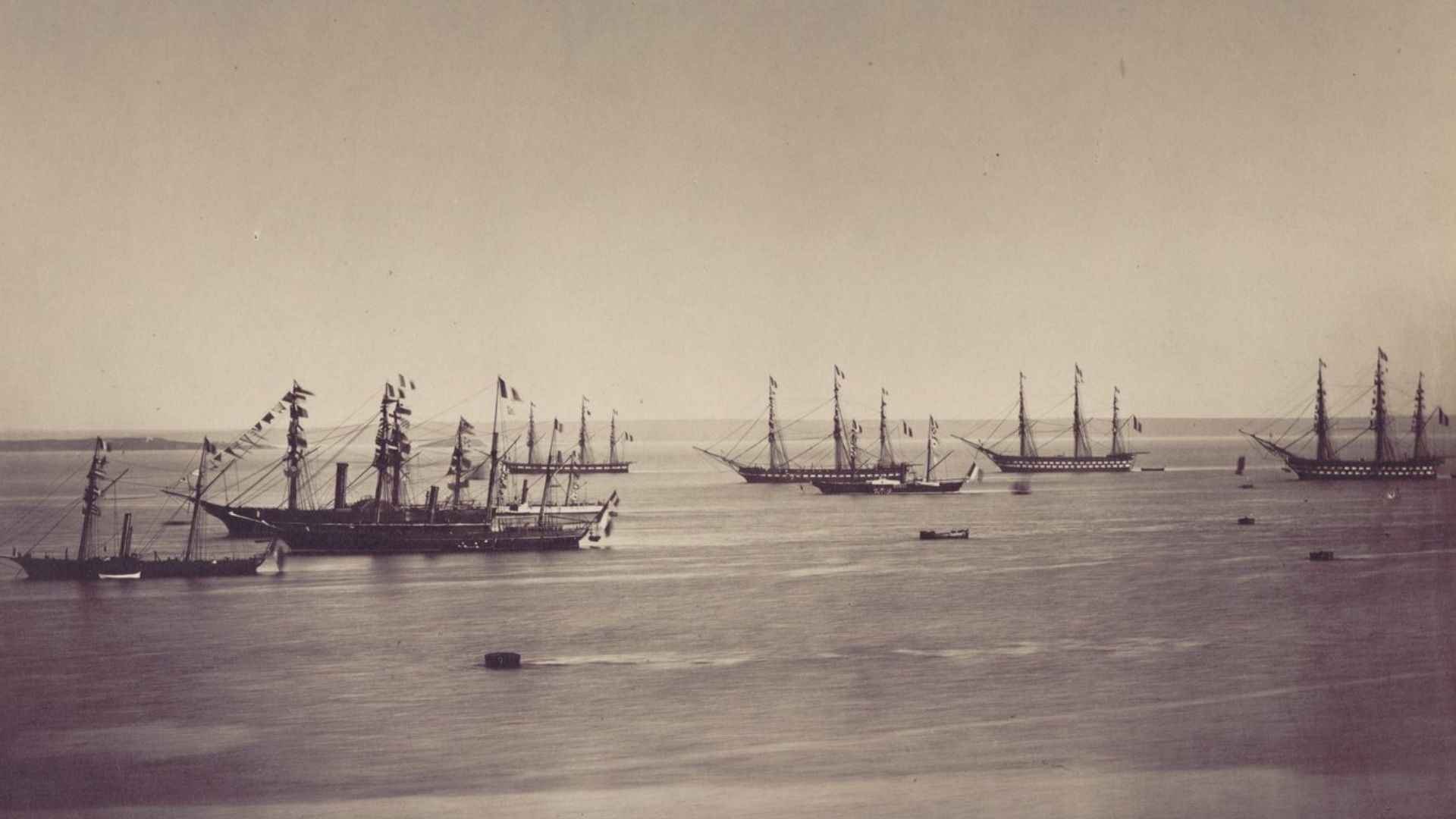 Gustave Le Gray, Wikimedia Commons
Gustave Le Gray, Wikimedia Commons
42. She Fled From Court To Court
Without a court to call their own, Marie Therese and the remnants of the Bourbon family found refuge wherever they could. By 1833, her father-in-law Charles X had relocated to Prague. There, Marie Thérèse settled into opulent apartments within Prague Castle. Eventually, the family moved again—this time to an estate near Gorizia, in present-day Italy.
All of that moving, however, began to take its toll.
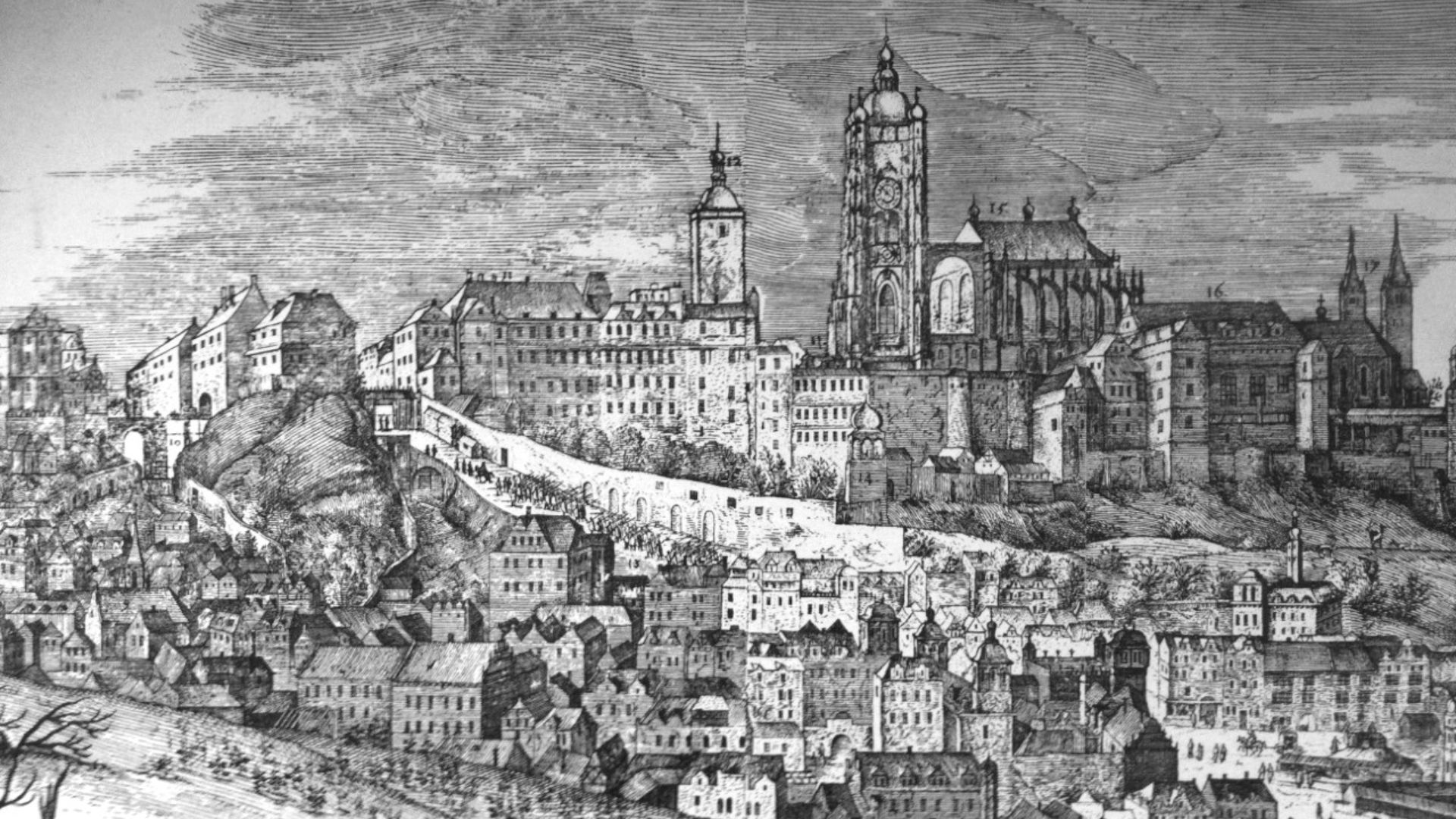 Philipp van der Bossche, Wikimedia Commons
Philipp van der Bossche, Wikimedia Commons
43. She Nursed Kings
Even after everything she’d endured, Marie Thérèse never turned her back on her family and her charitable spirit. In 1836, when her uncle and father-in-law, Charles X, became ill with cholera, she personally tended to his every need until his final moments. Eight years later, she lost her husband too.
Then she faded into history.
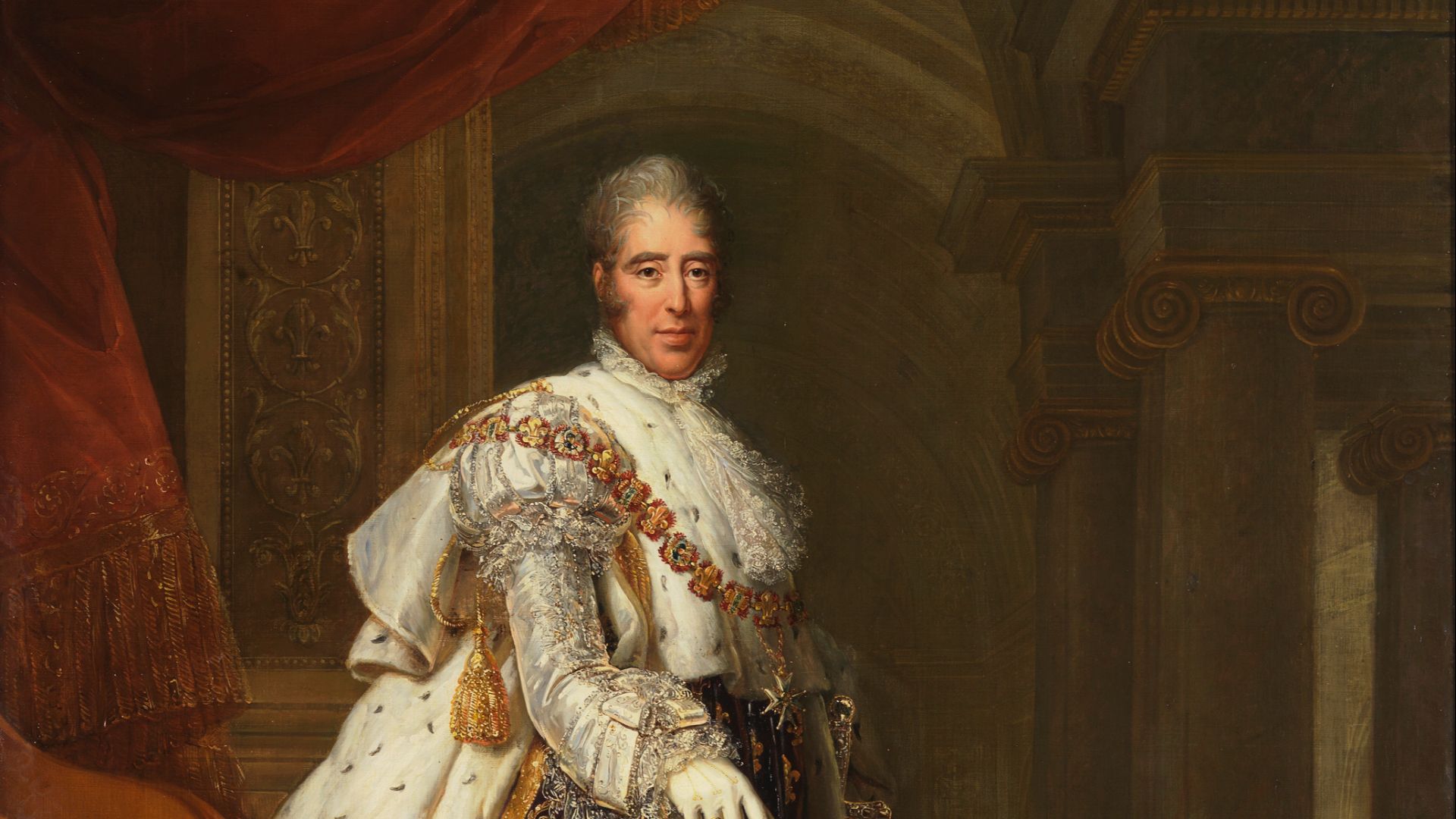 Francois Gerard, Wikimedia Commons
Francois Gerard, Wikimedia Commons
44. She Lived In Peaceful Obscurity
Widowed and weary, Marie Thérèse moved into Schloss Frohsdorf, a quiet Baroque manor just outside Vienna—her mother’s native land. There, she finally found a measure of peace—spending her days reading, sewing, and praying. Her nephew, the self-styled Count of Chambord, soon joined her. But she wasn’t long for this world.
45. She Took Her Secrets To The Grave
On October 19, 1851—three days after the anniversary of her mother’s execution—Marie Thérèse succumbed to pneumonia. She was buried beside her husband and father-in-law in a quiet monastery crypt in present-day Slovenia, far from her home in Paris.
Her tombstone bore the only official title left to her: “Queen Dowager of France”. But was she really?
46. She Might Have Been Gone All Along
As Marie Therese had retreated from public life, her final years became something of a mystery. In 2013, German authorities exhumed the grave of a veiled woman buried in 1837 in Hildburghausen, Thuringia. They hoped to resolve a 200-year-old rumor: that the woman was the real Marie Thérèse.
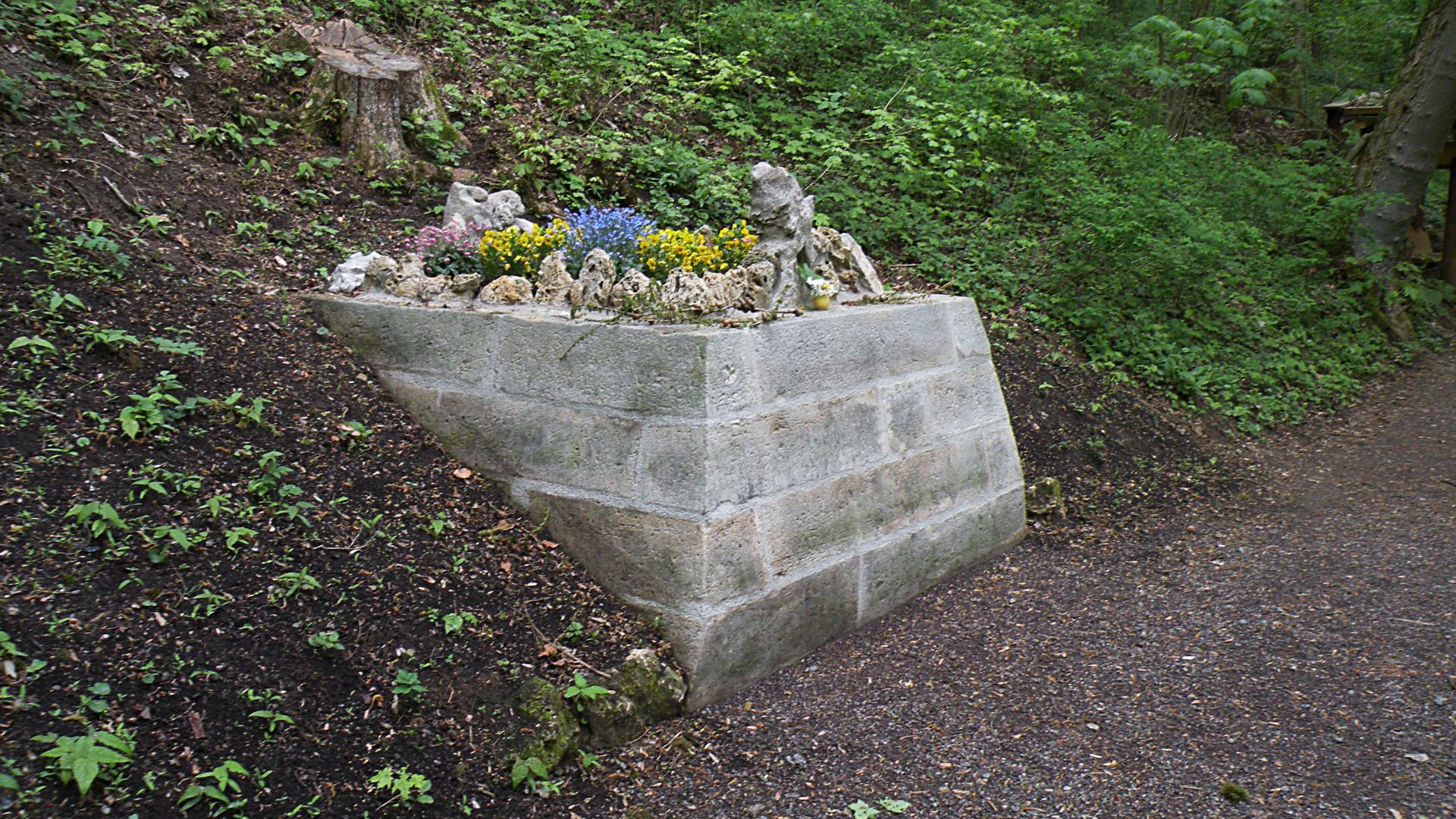 Vitold Muratov, Wikimedia Commons
Vitold Muratov, Wikimedia Commons
47. She Had A Doppelgänger
The mysterious woman whose remains the German authorities excavated, had called herself Sophie Botta. Since entering the historical record, she had lived in near-total isolation, always veiled and never speaking in public. The only man who interacted with her, Leonardus van der Valck, referred to her as “Your Grace”—and only spoke to her in French.
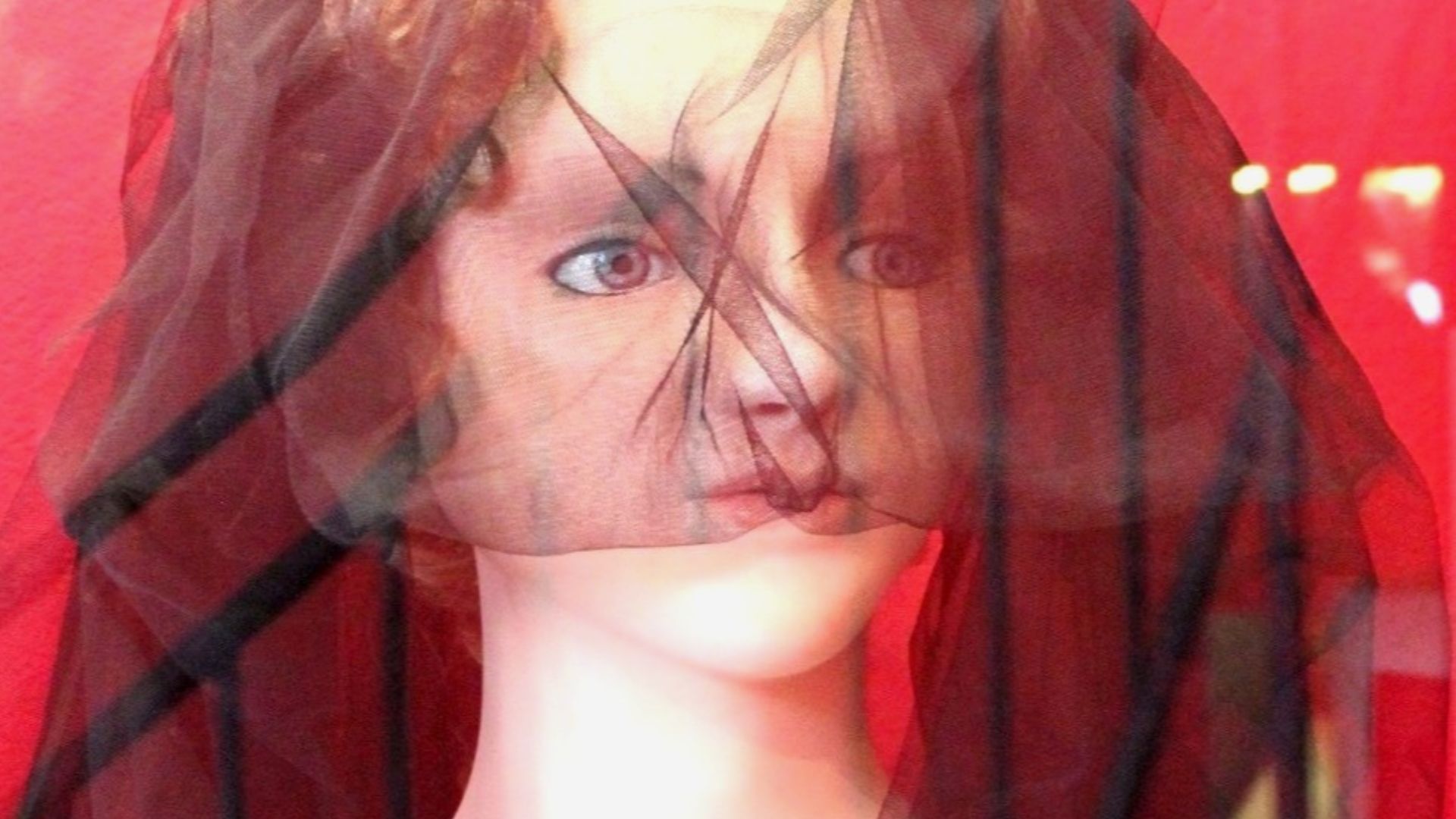 MarcelBuehner, Wikimedia Commons
MarcelBuehner, Wikimedia Commons
48. She Might Have Been A “Dark Count”
Throughout Thuringia, rumors had spread like wildfire about the true identities of Sophie and van der Valck. But, without any confirmation, the Germans began referring to the couple simply as the Dunkelgrafen—the Dark Counts. Everyone’s bet was that “Sophie” was, in fact, Marie Thérèse. It wasn’t as crazy as it sounded.
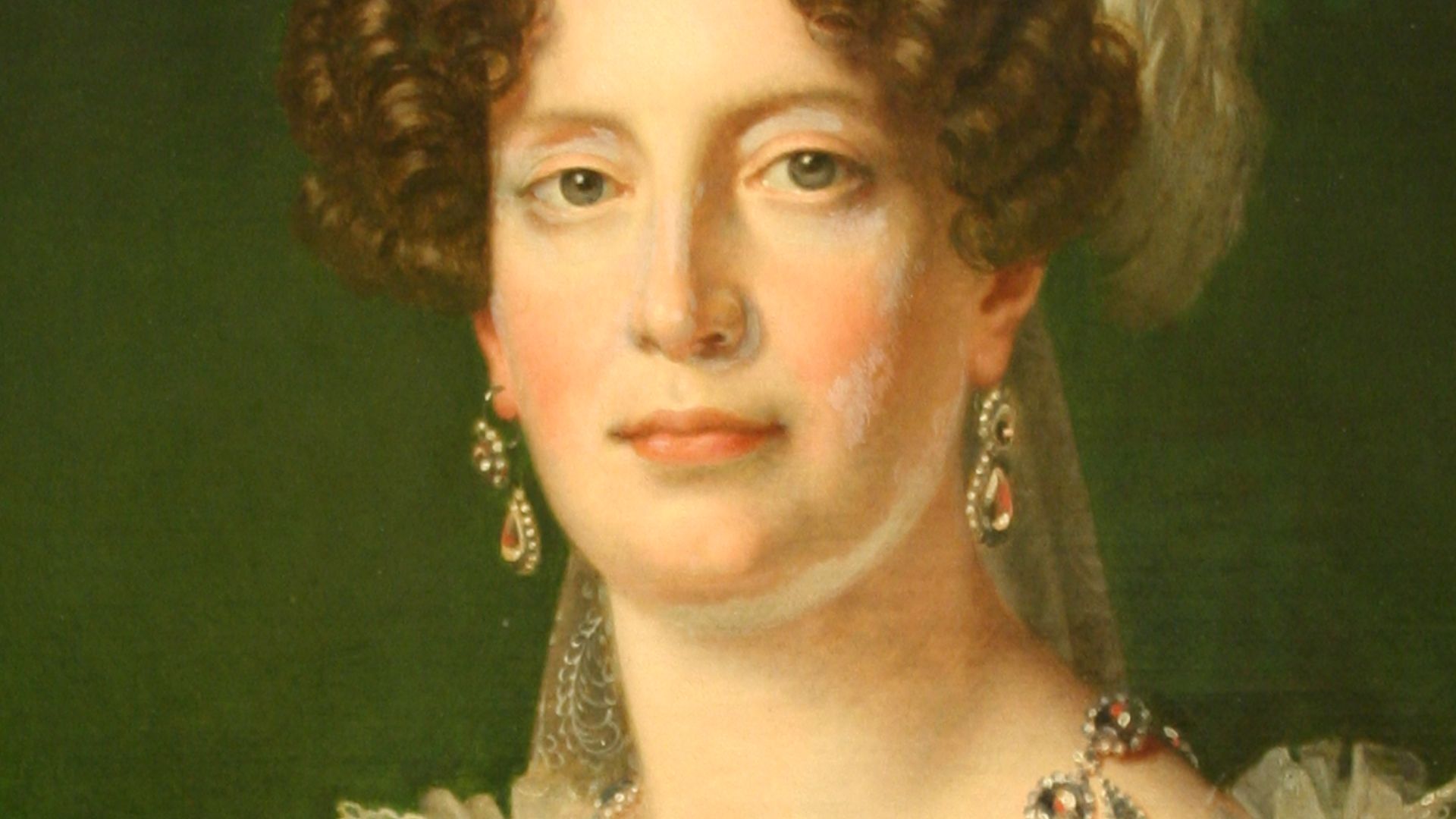 Alexandre-Francois Caminade, Wikimedia Commons
Alexandre-Francois Caminade, Wikimedia Commons
49. She Could Have Had A Secret Son
The theory that Marie Thérèse had actually taken refuge in Germany as “Sophie Botta” wasn’t a crazy idea. According to the rumor, Marie Therese had swapped places with her adoptive sister after suffering traumas at the hands of her captors in the Temple Tower. Some even claimed that she had become pregnant by one of her captors, perhaps suggesting that van der Valck was her son.
Only DNA would reveal the truth.
50. She Was The End Of The Line
When scientists tested the Dark Countess’ remains, they found conclusive evidence that shocked many. Sophie Botta was not a match with the Bourbon bloodline. In other words, Sophie Botta wasn’t Marie Thérèse. In fact, no one could say who she was. So, in the end, it seems that Marie Therese was, tragically, the last of her line.
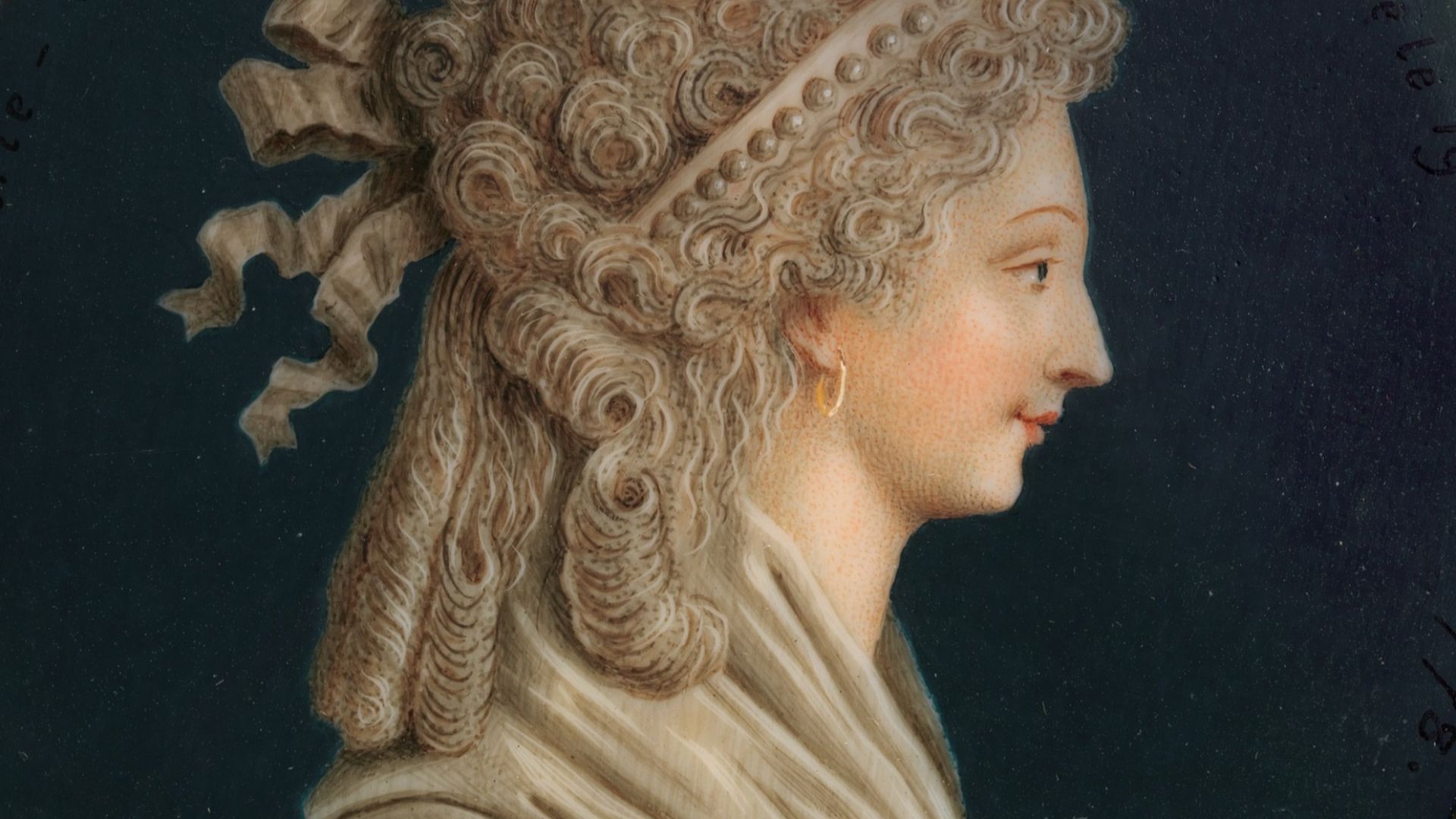 Jacques-Joseph de Gault, Wikimedia Commons
Jacques-Joseph de Gault, Wikimedia Commons
You May Also like:
The Most Self Righteous King Of France
This King Of England Was Never Meant To Rule

